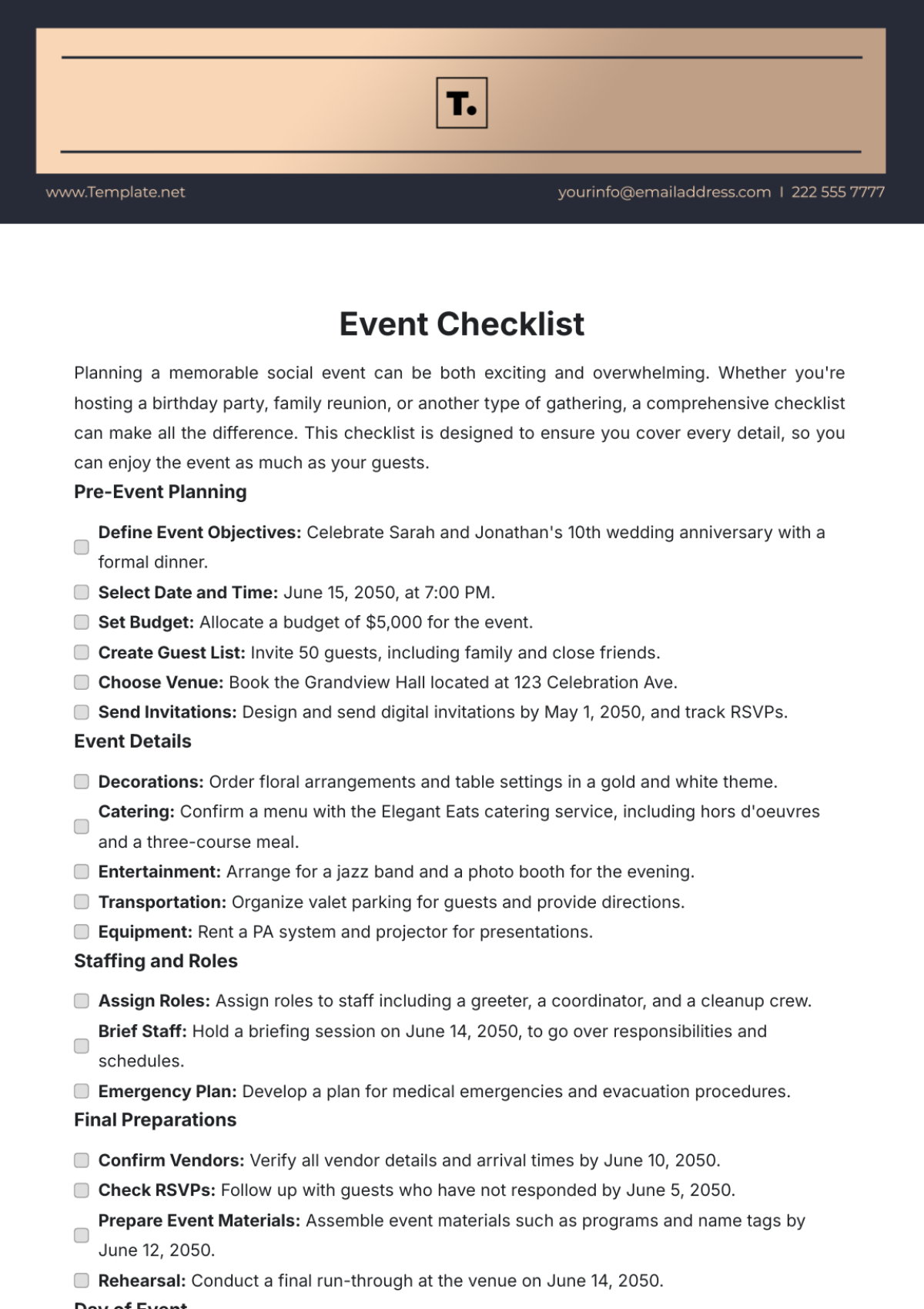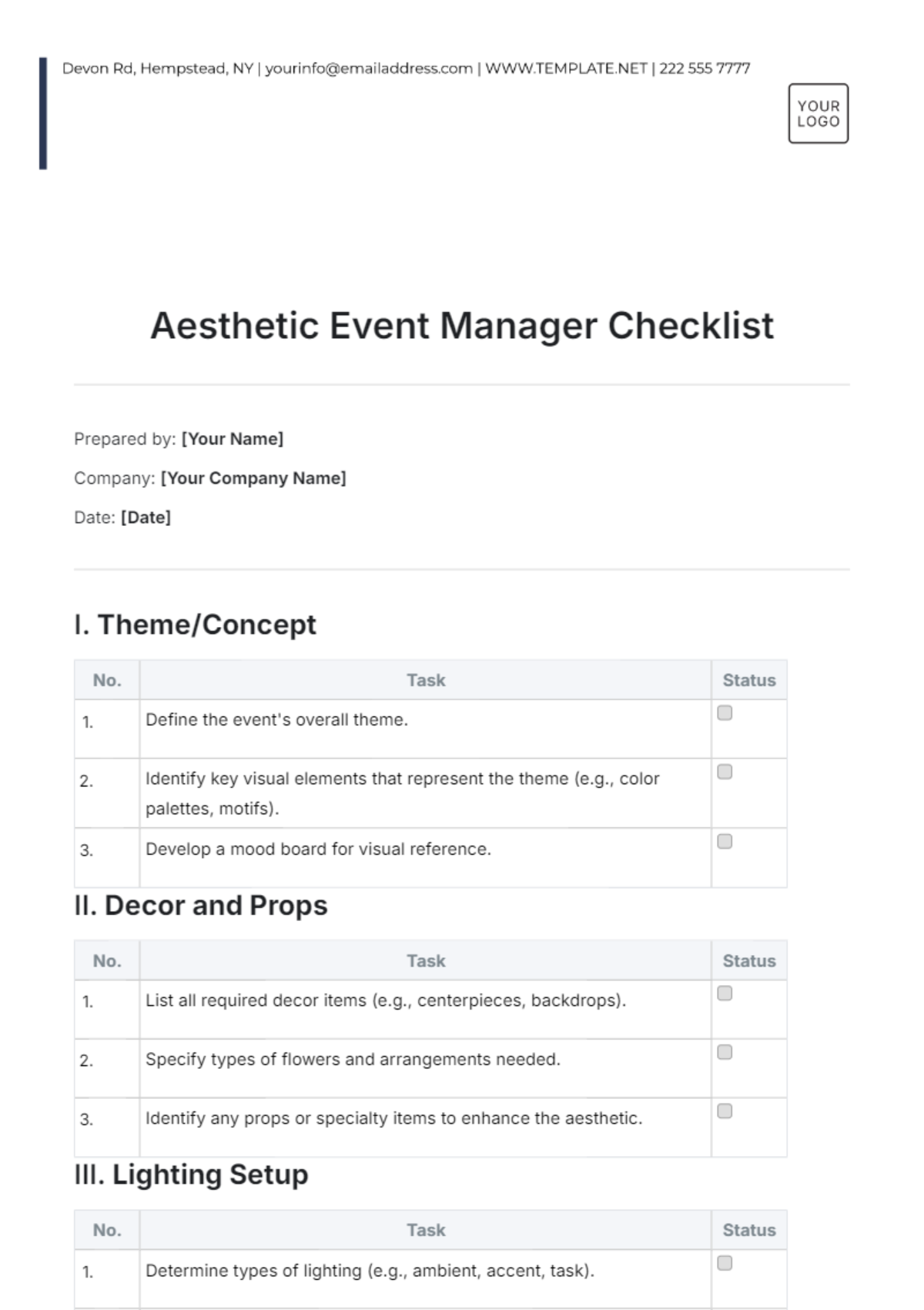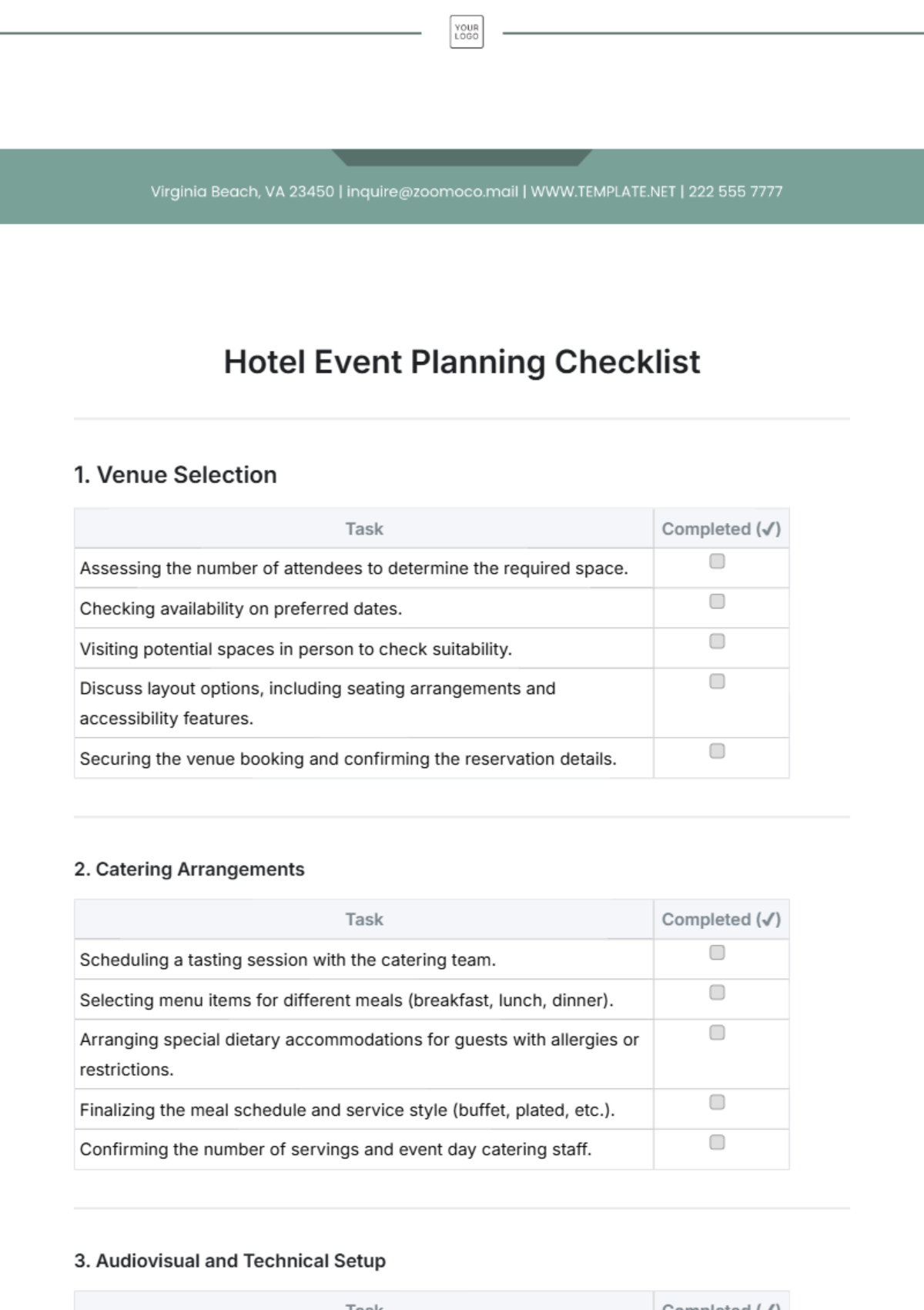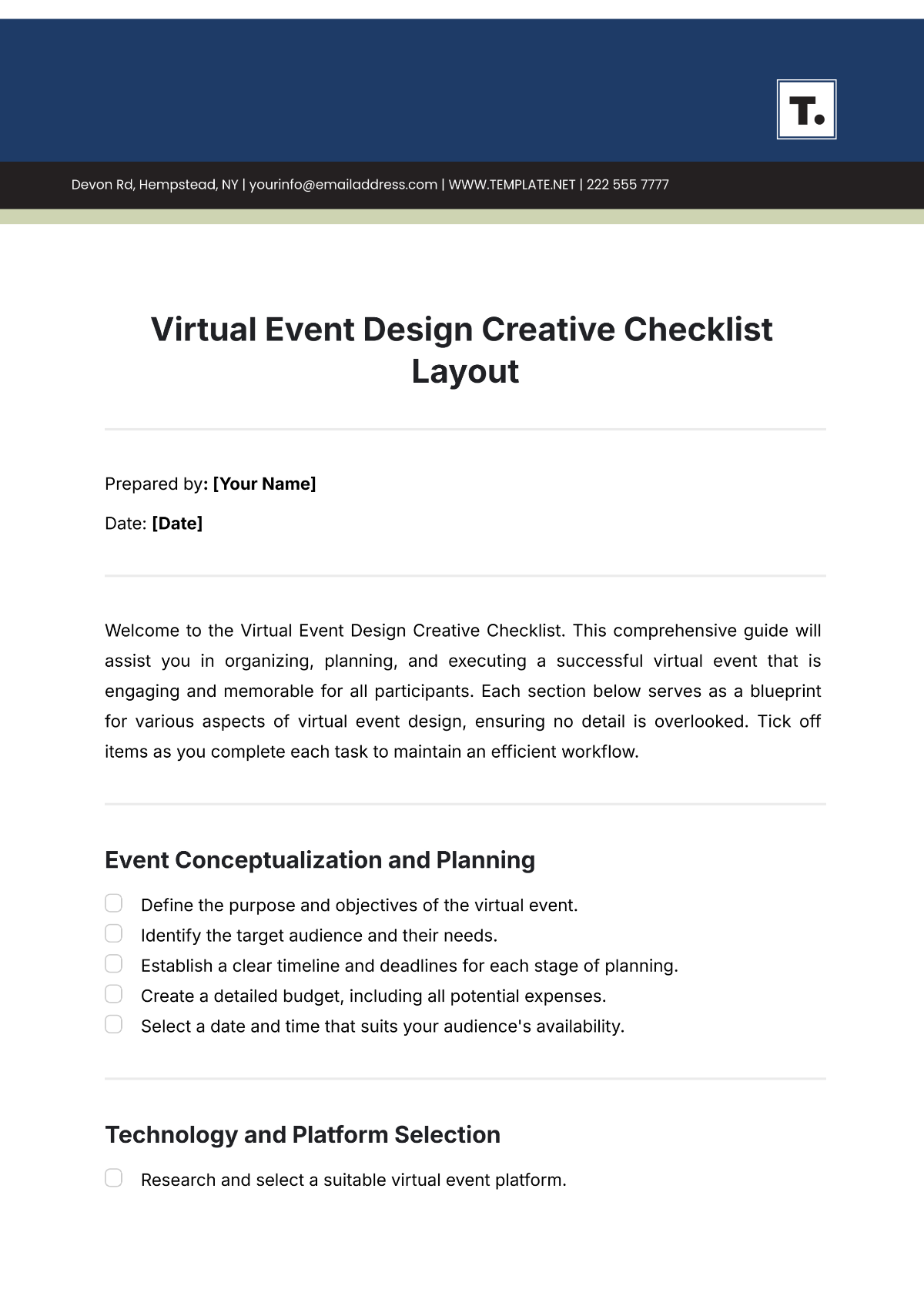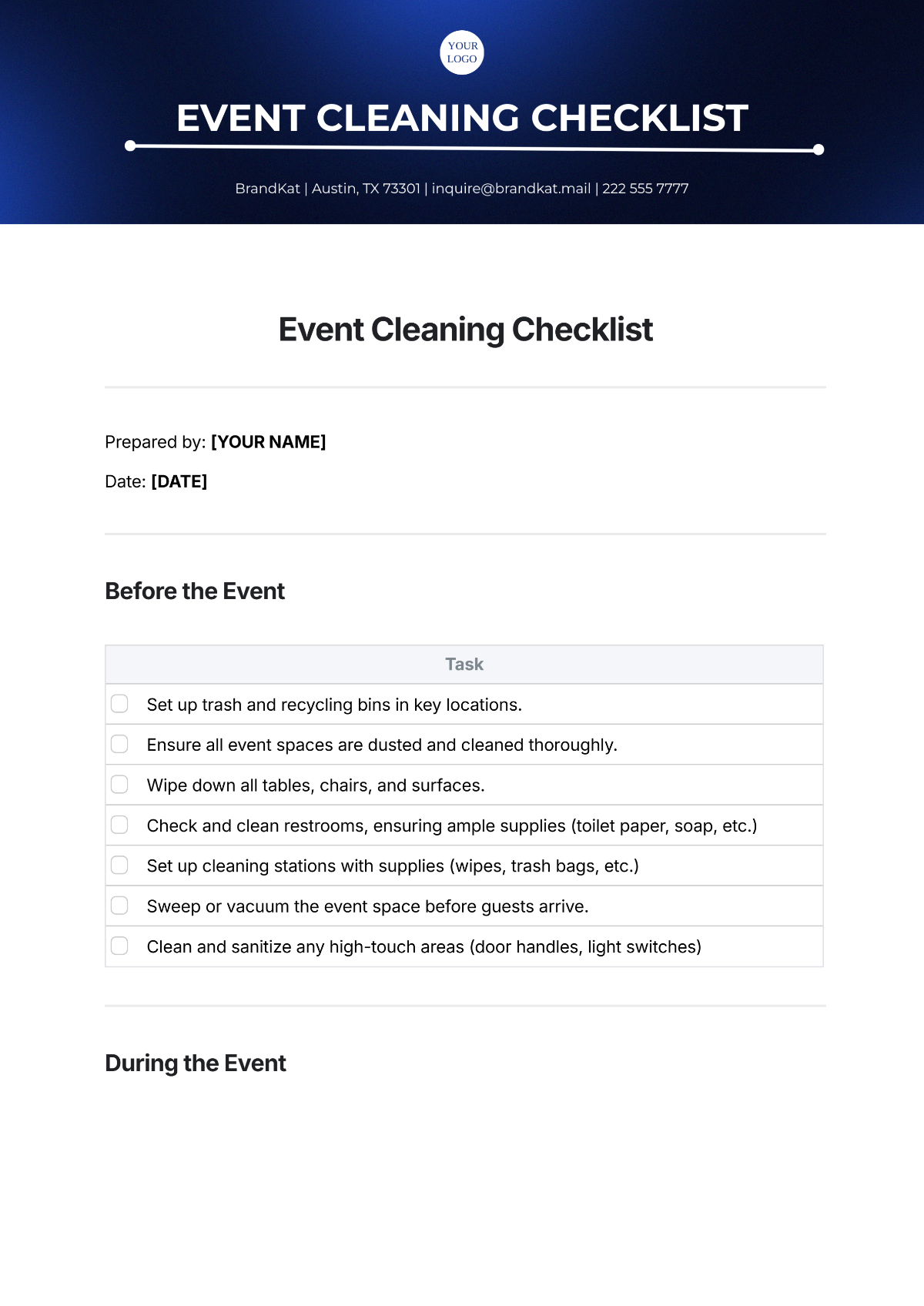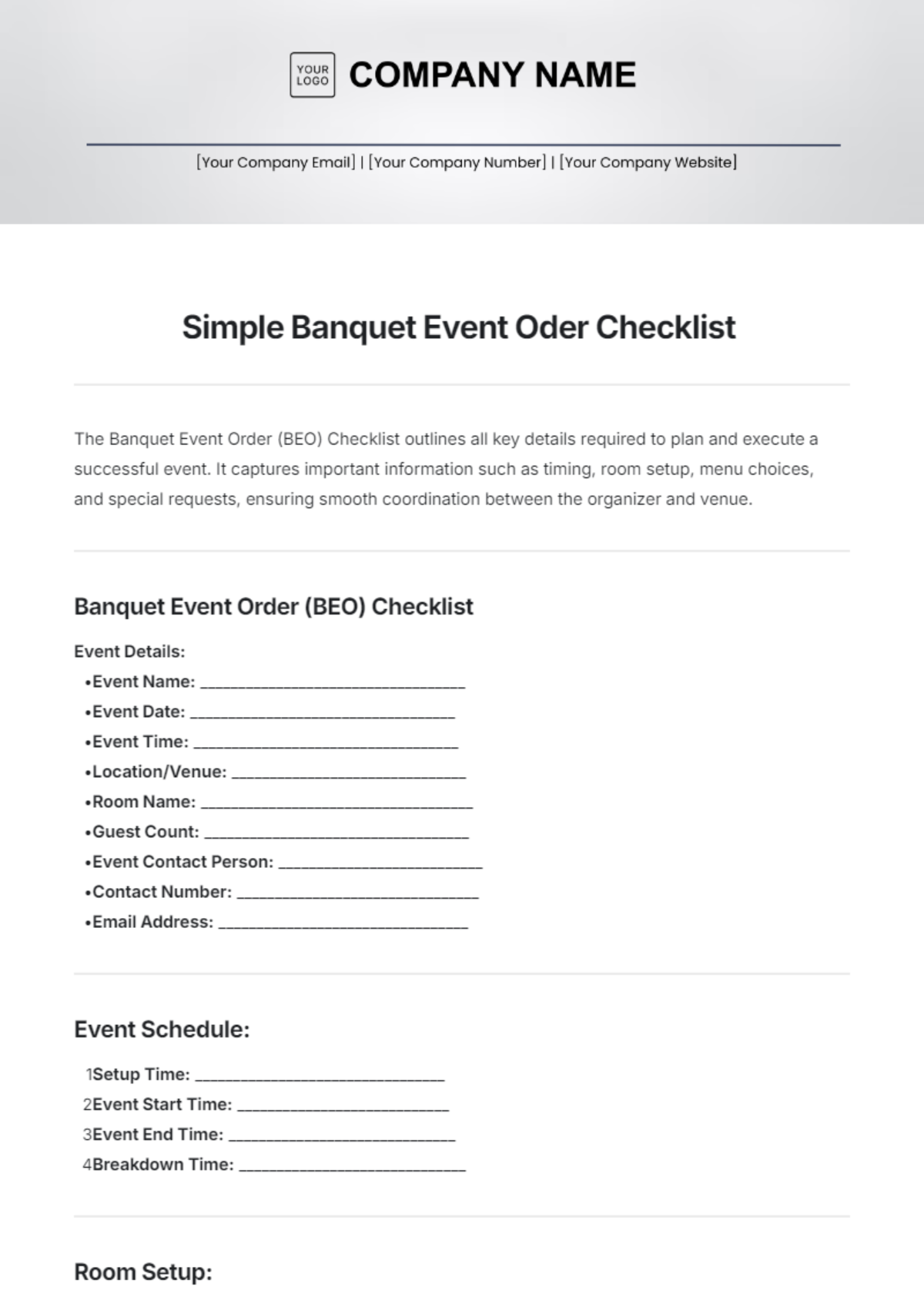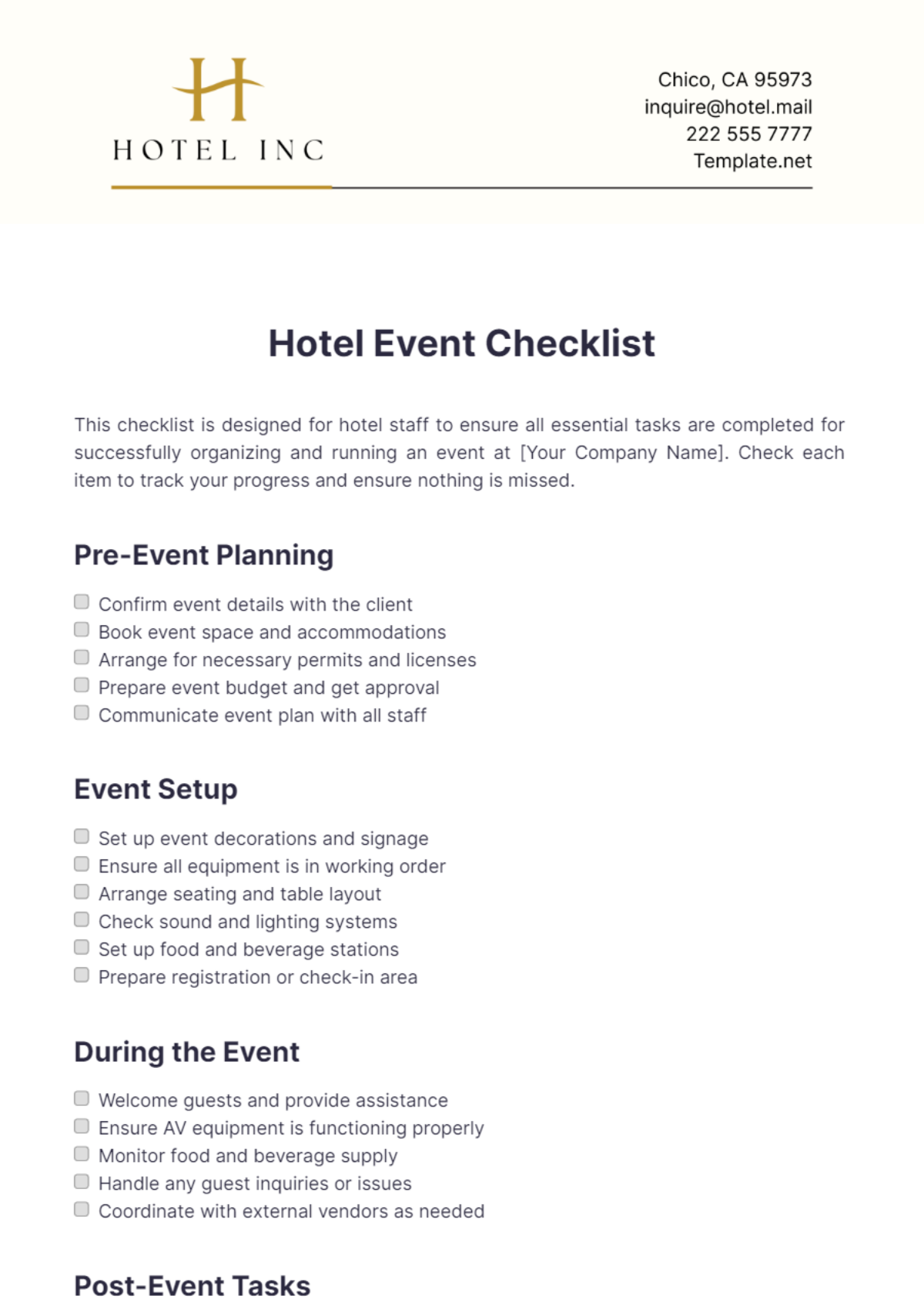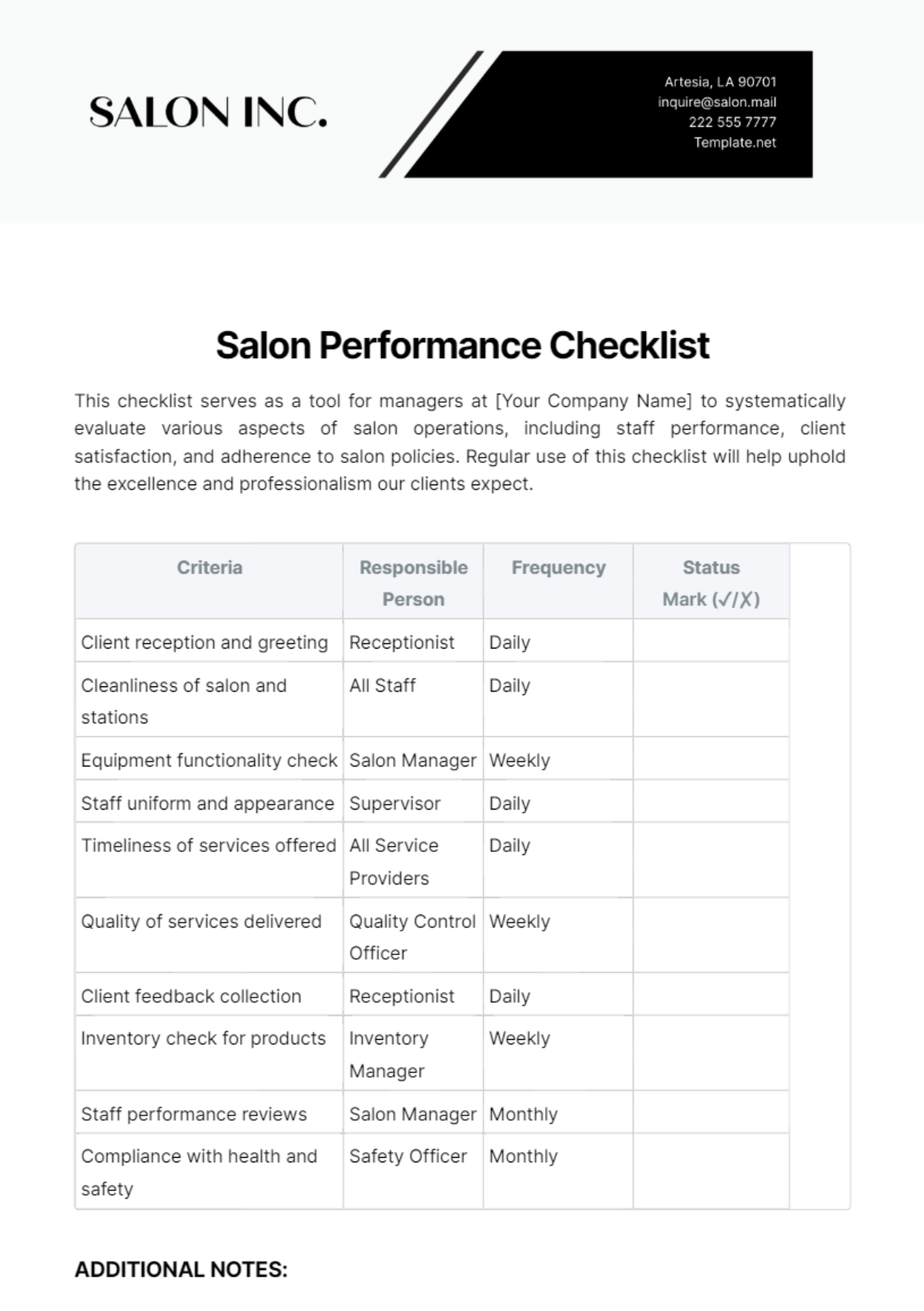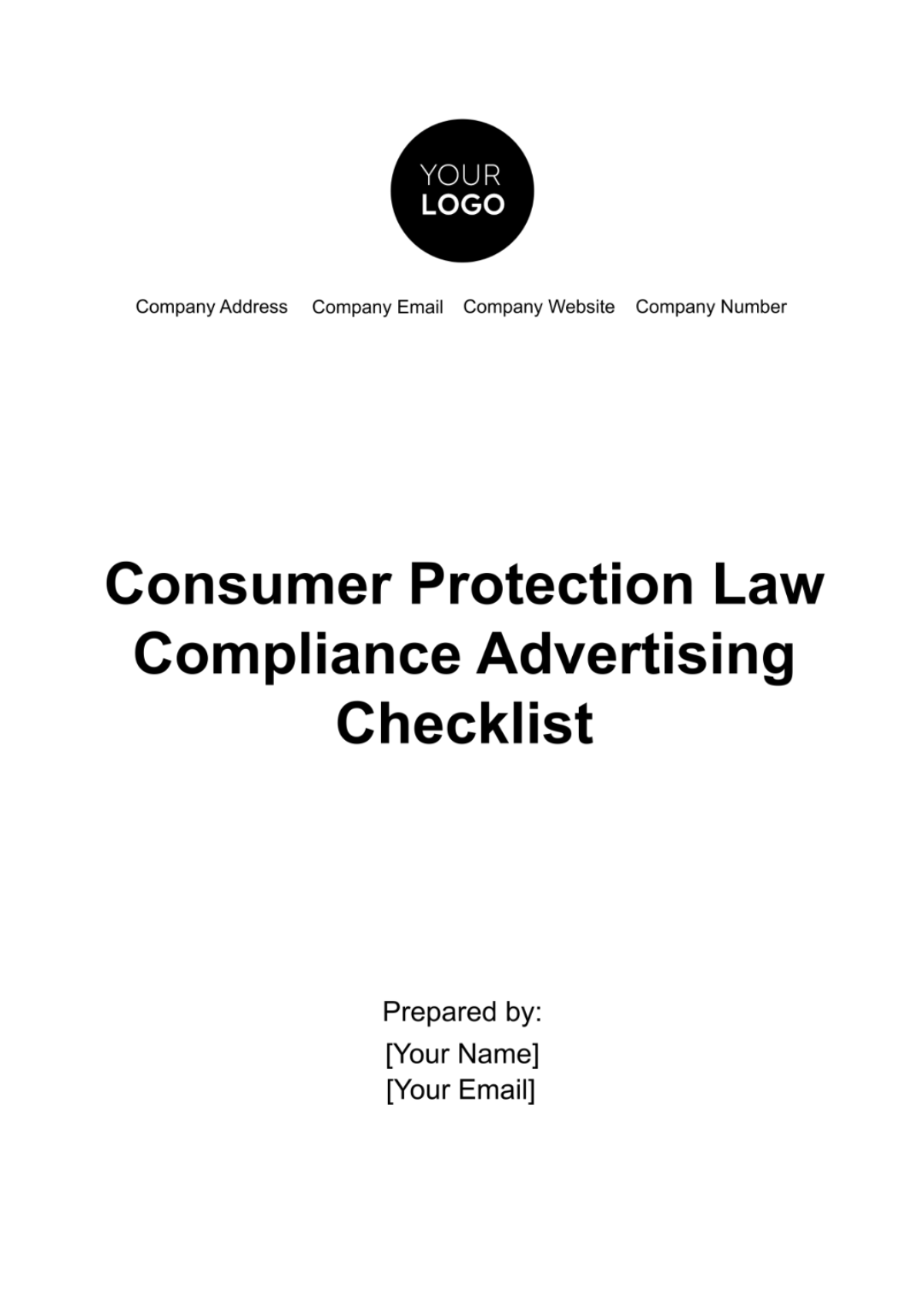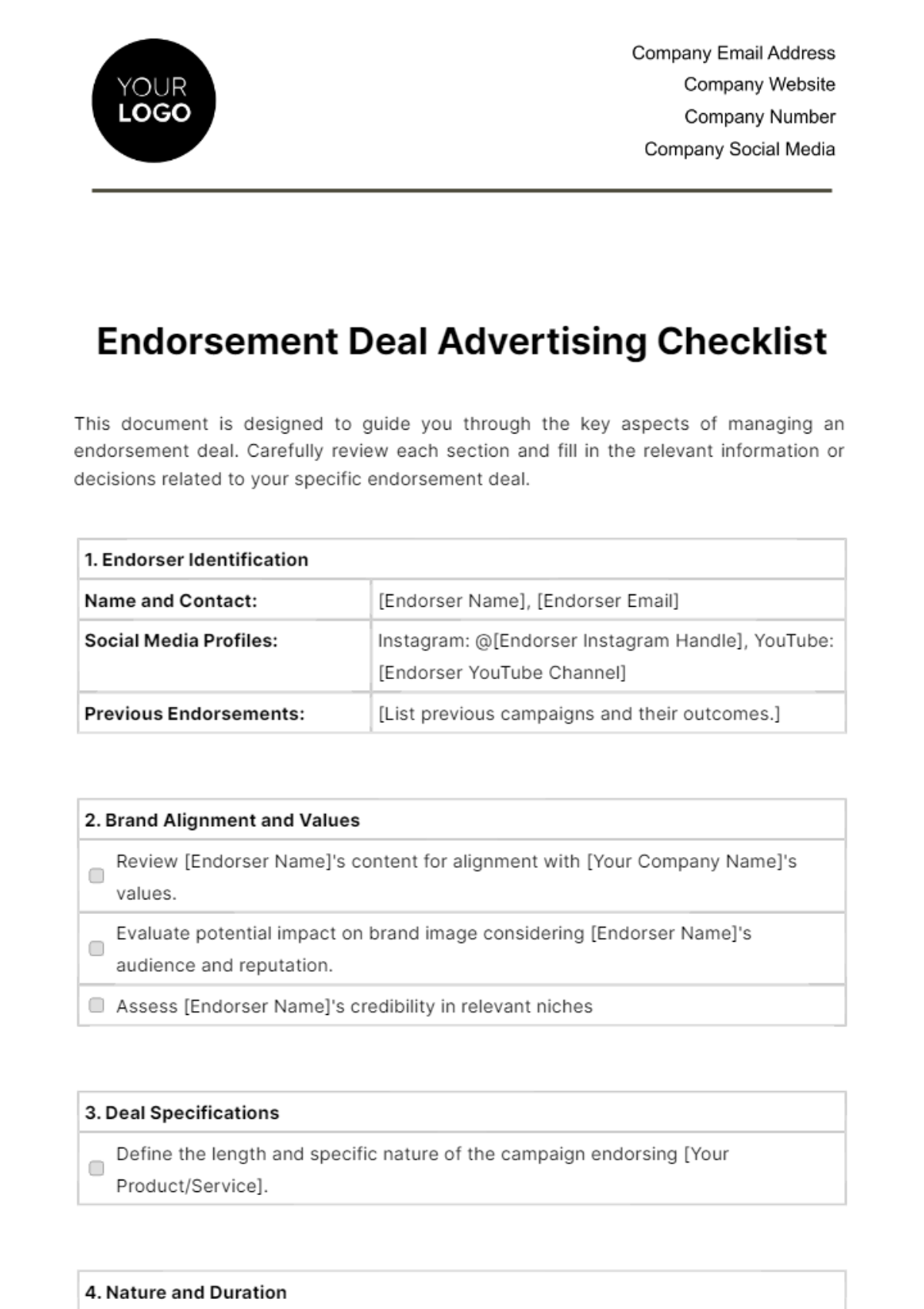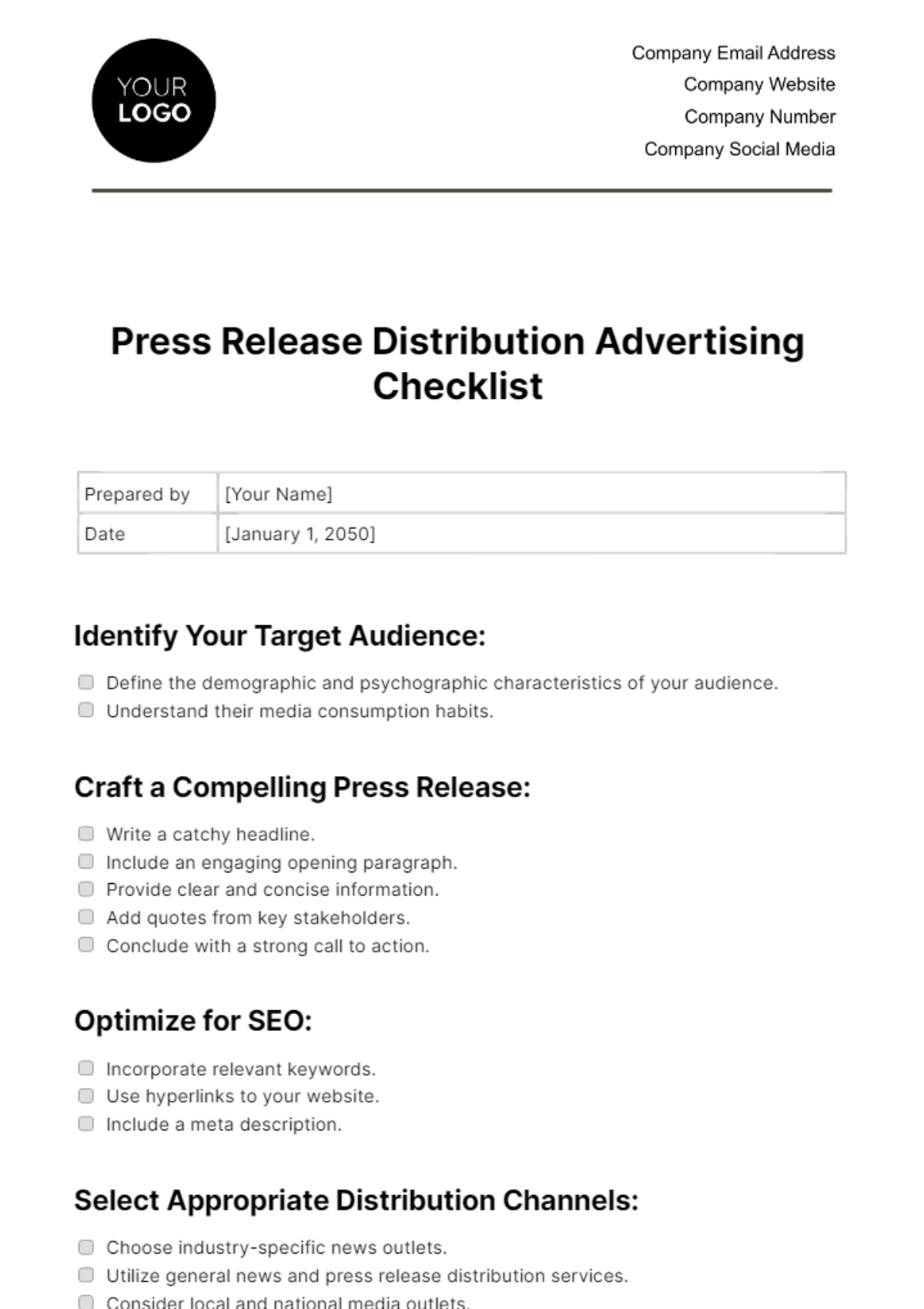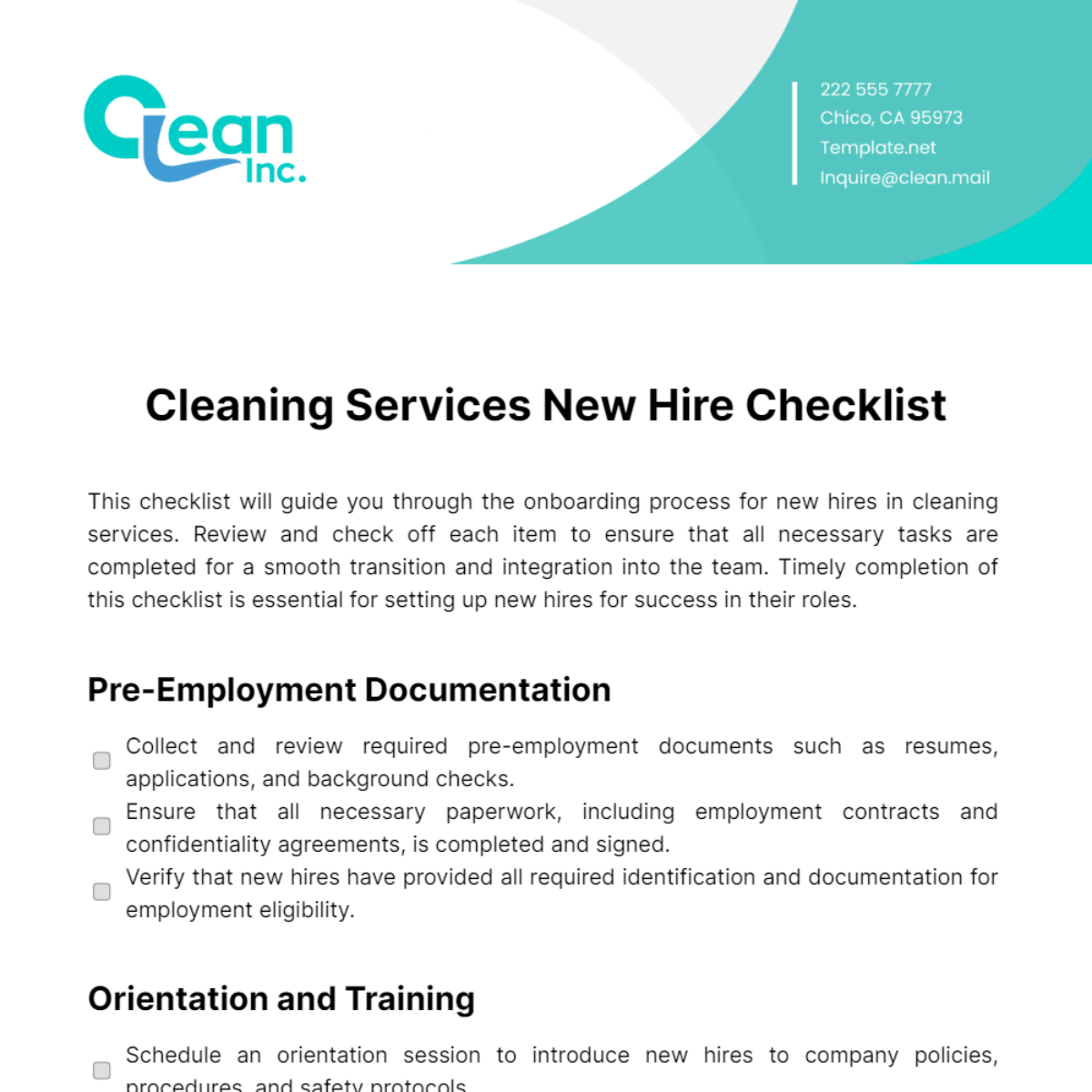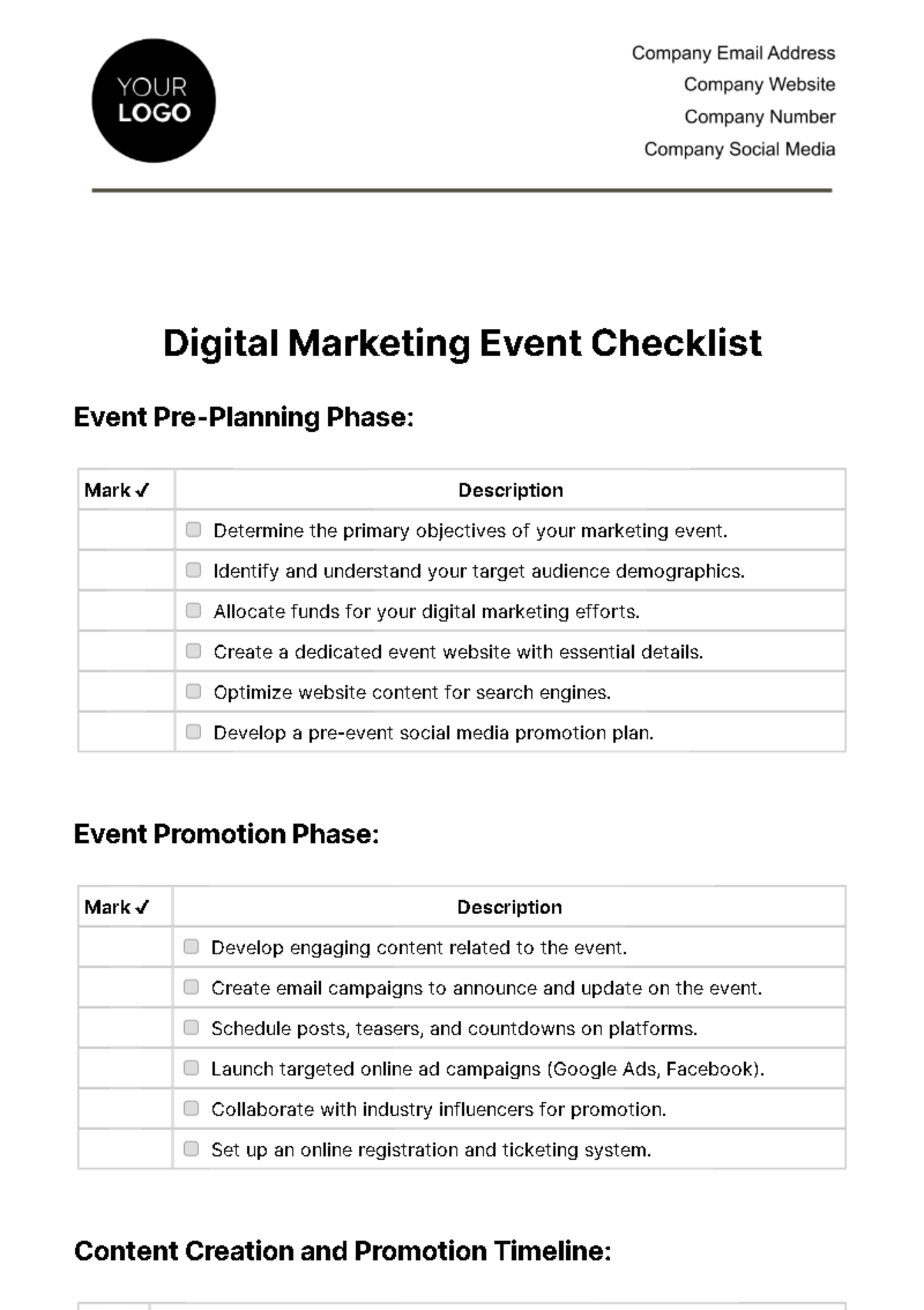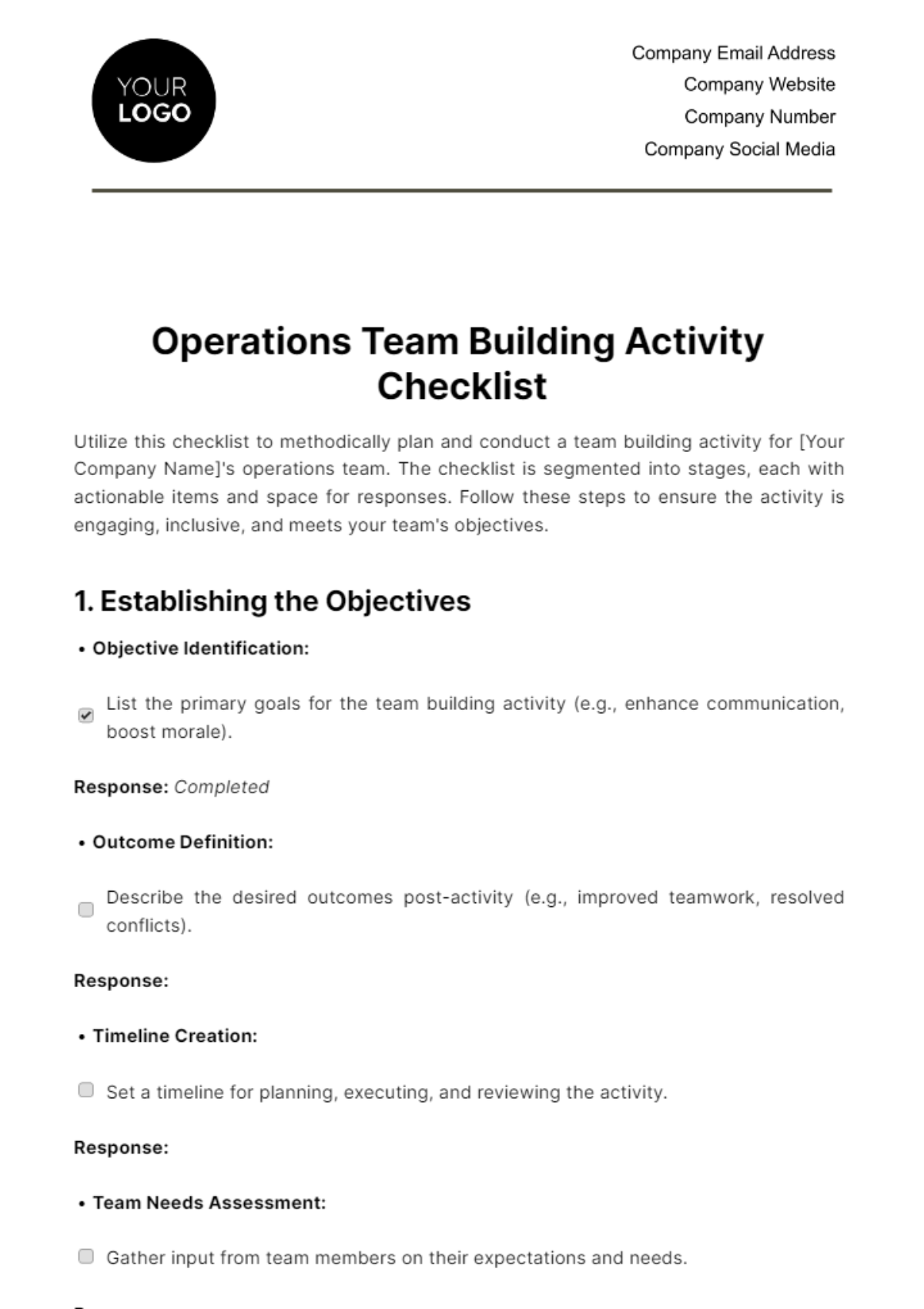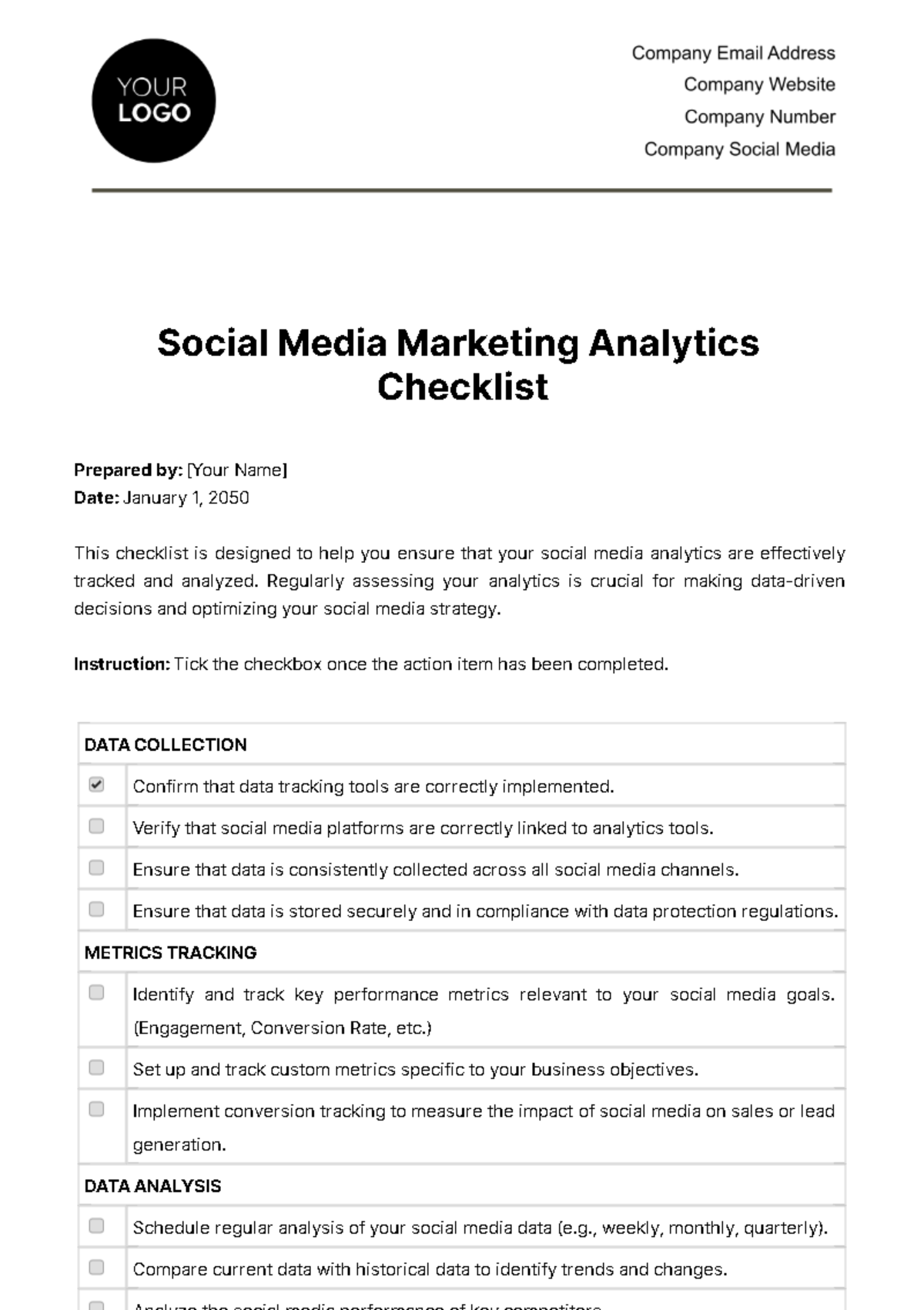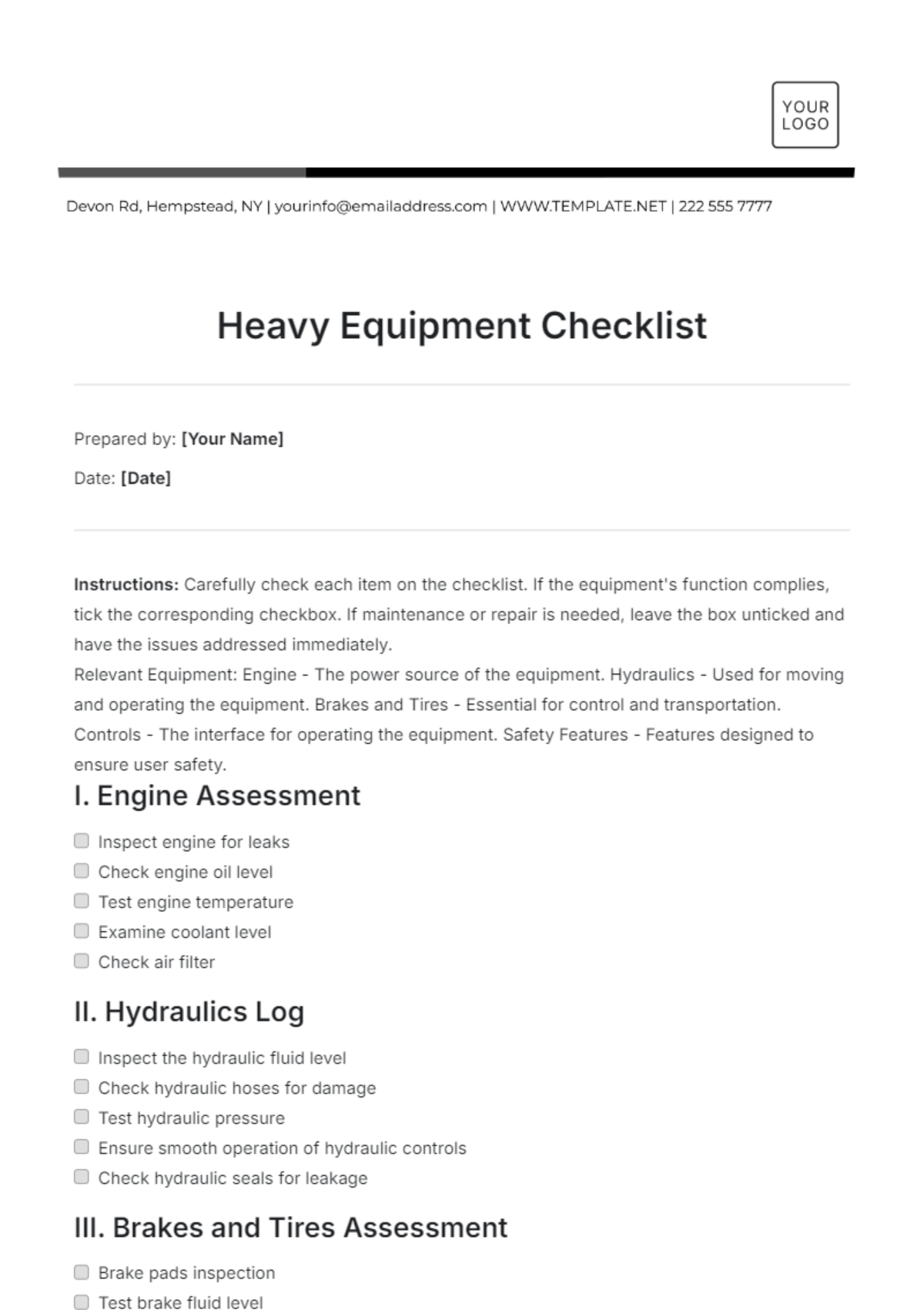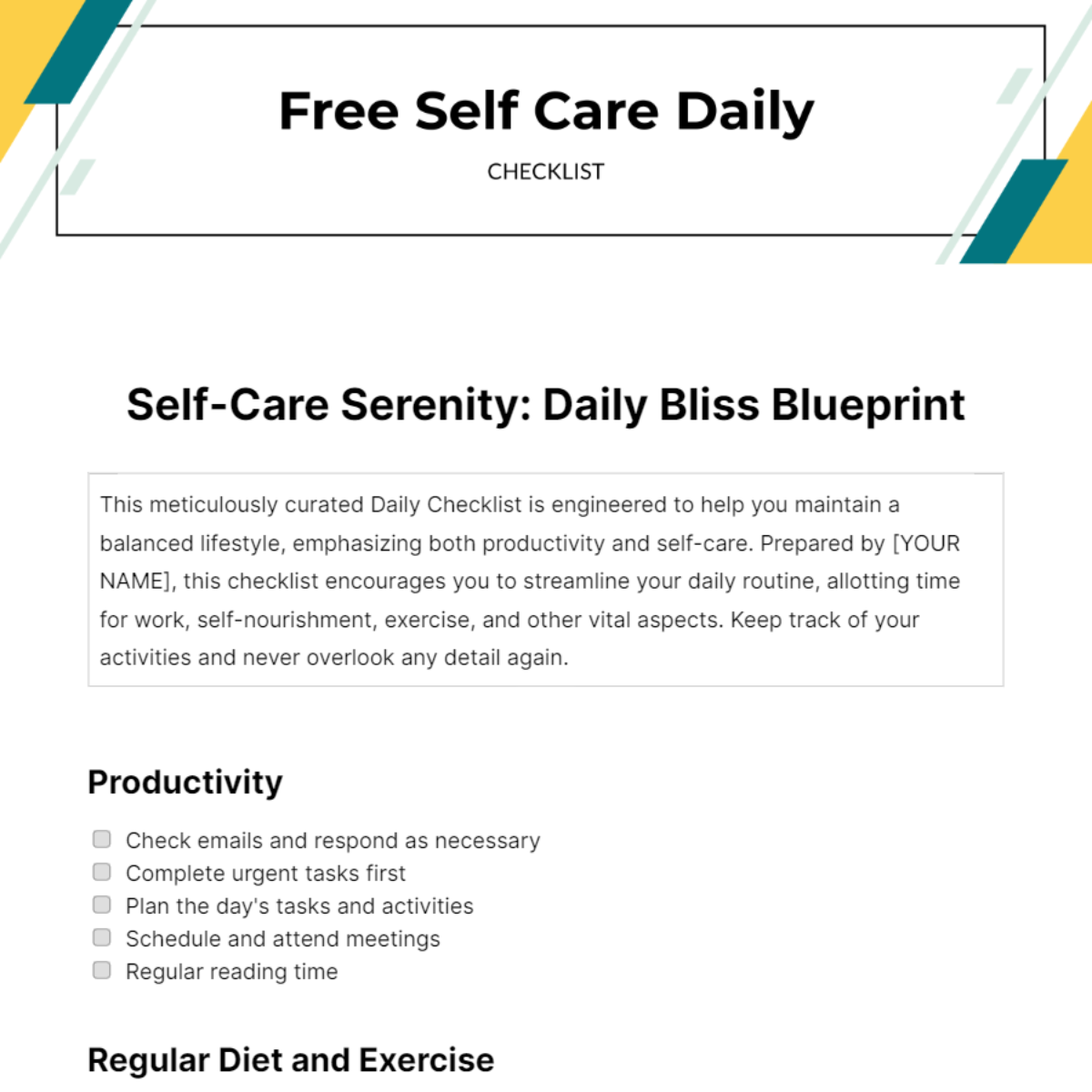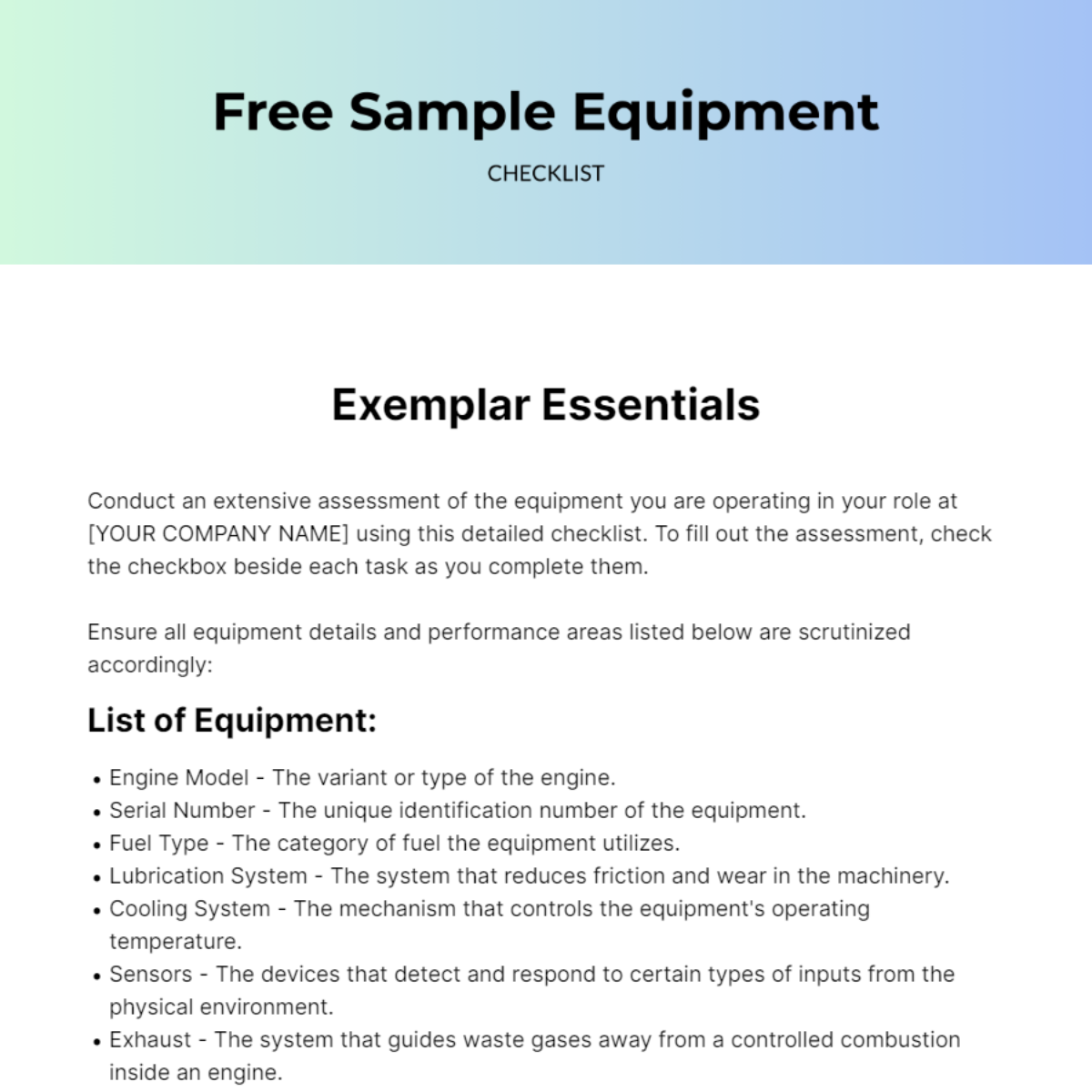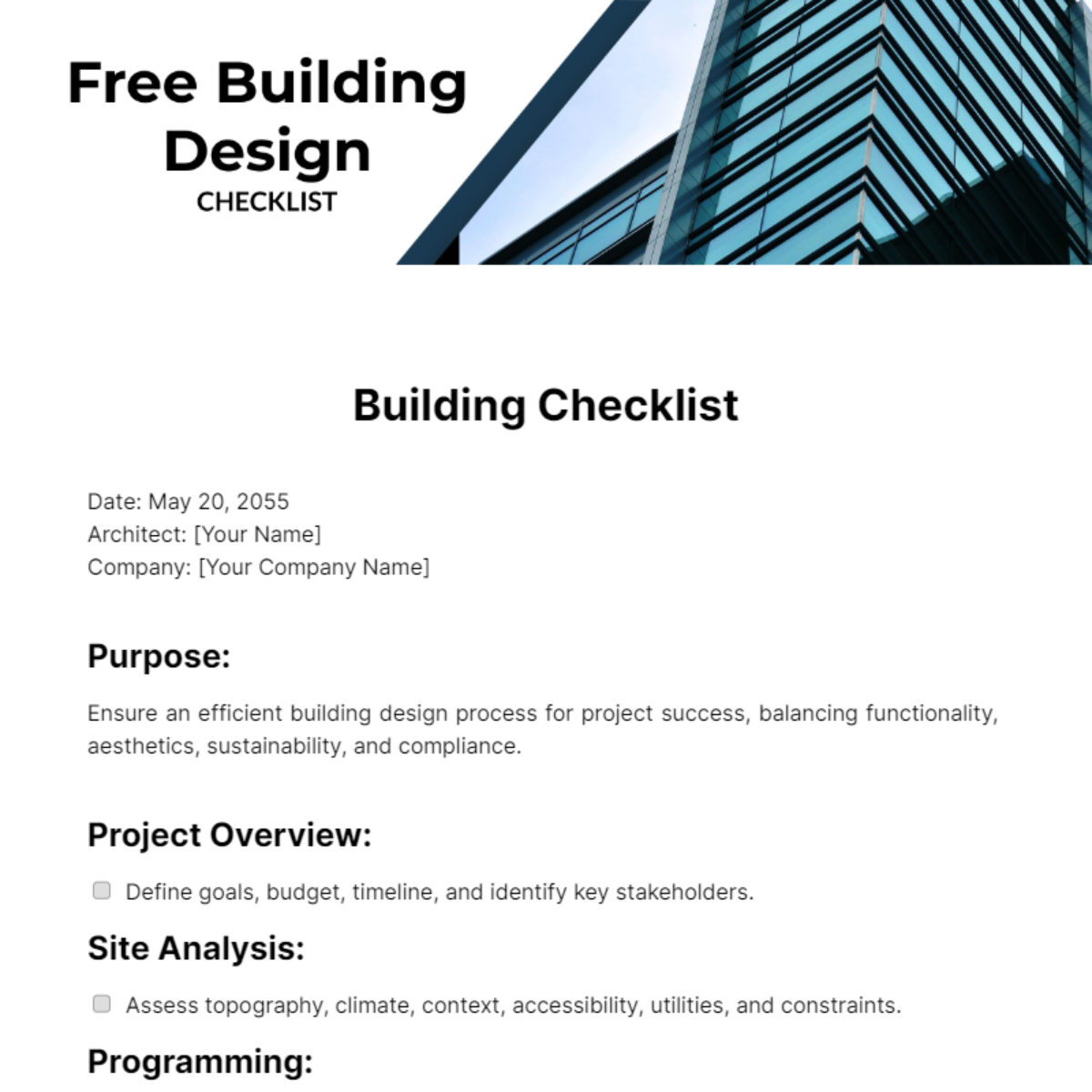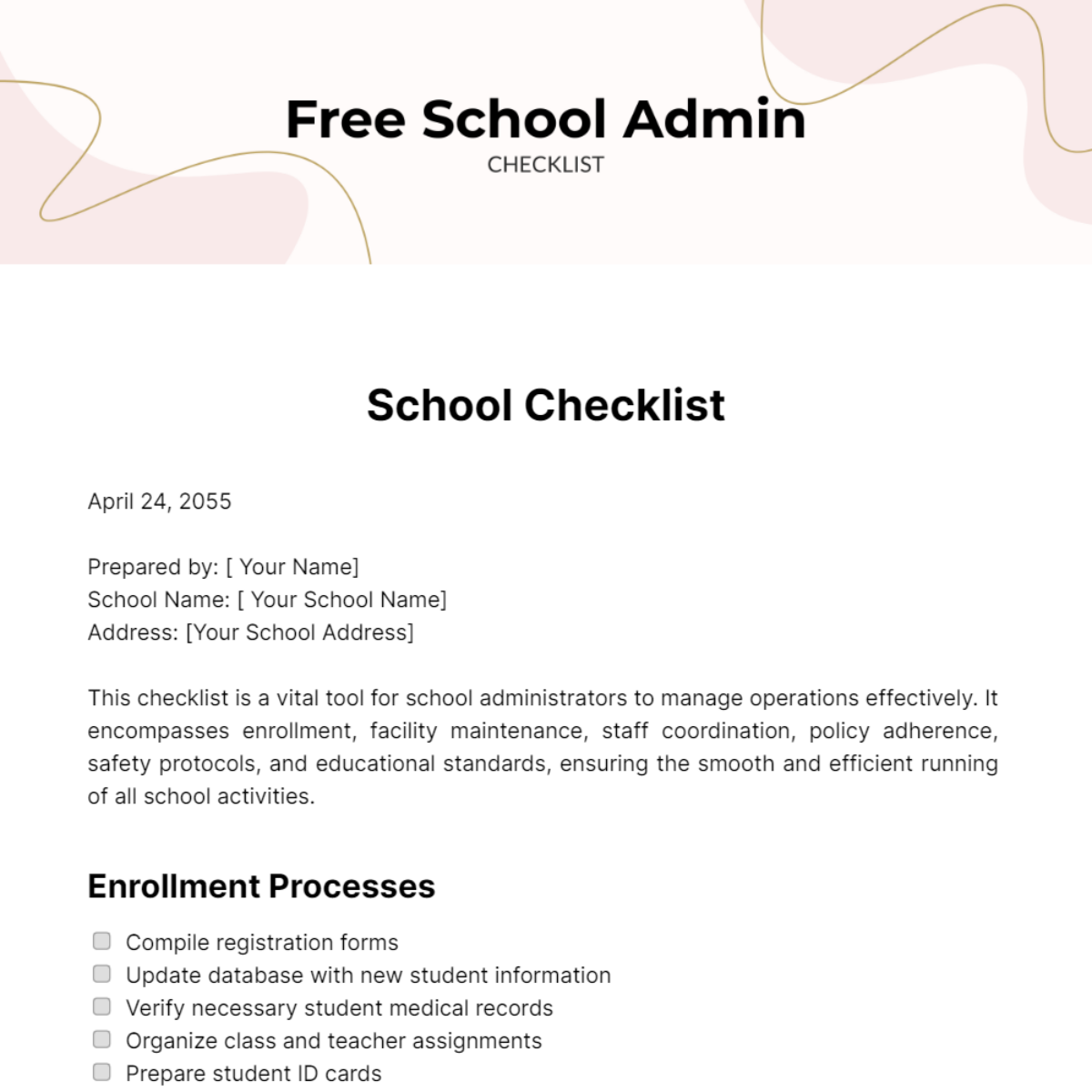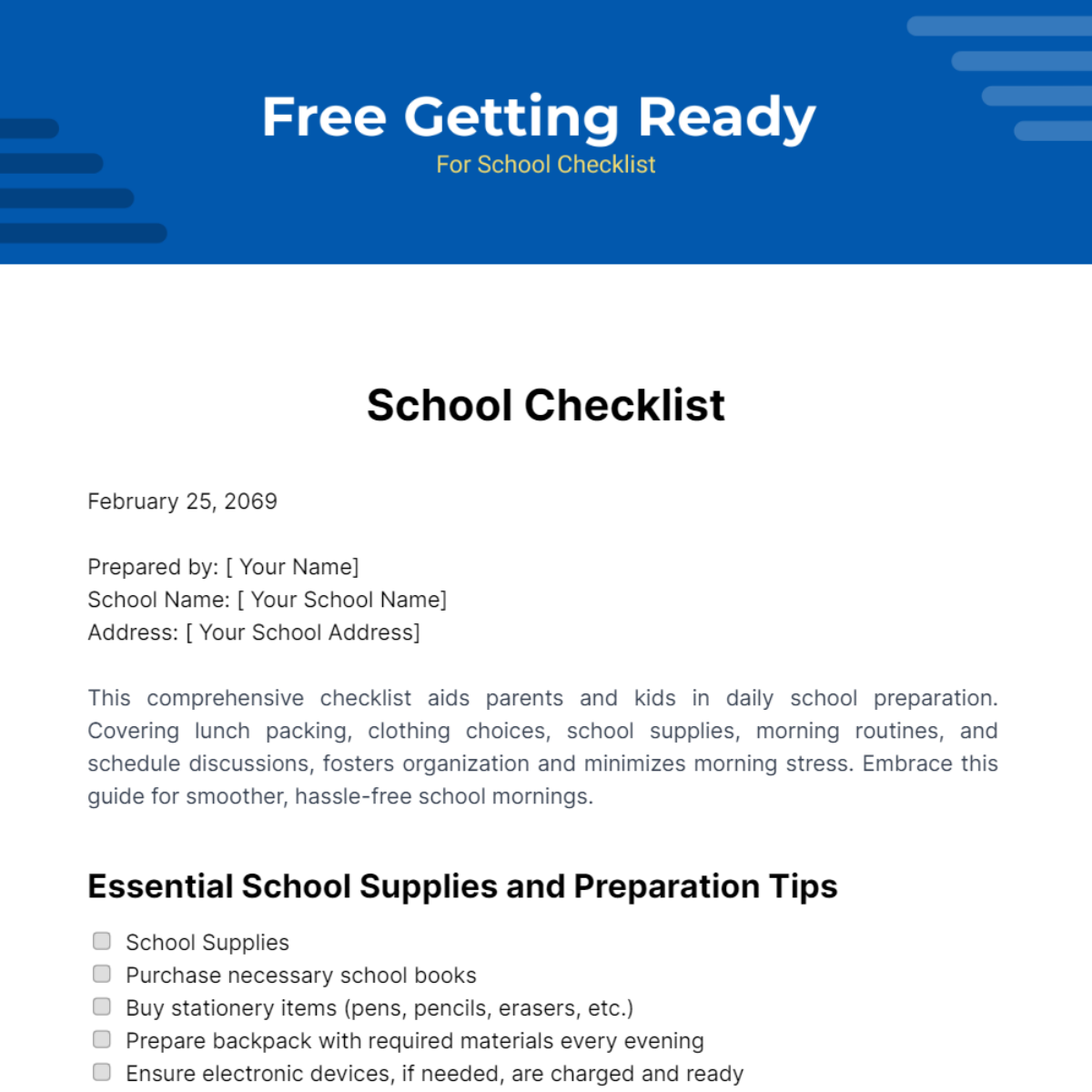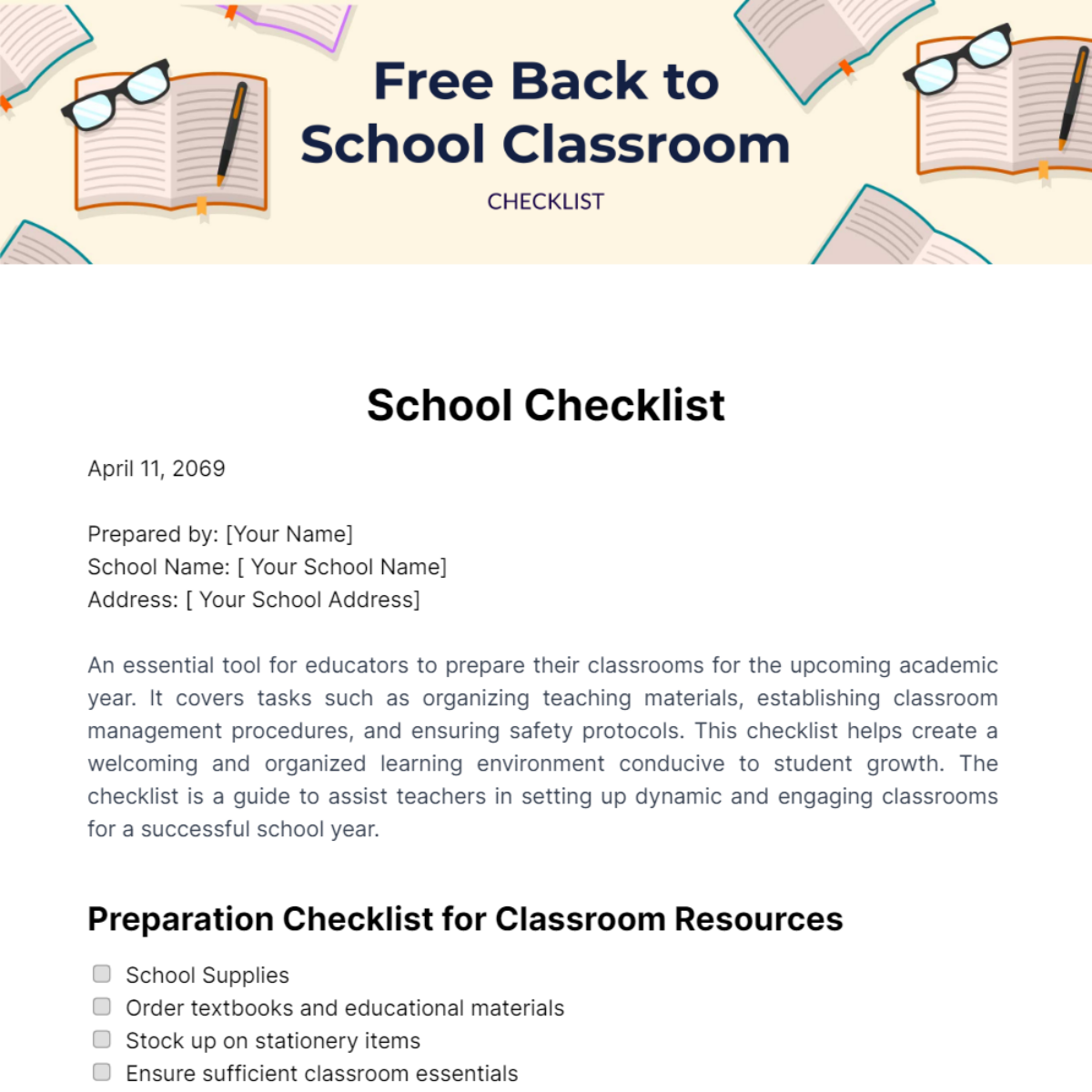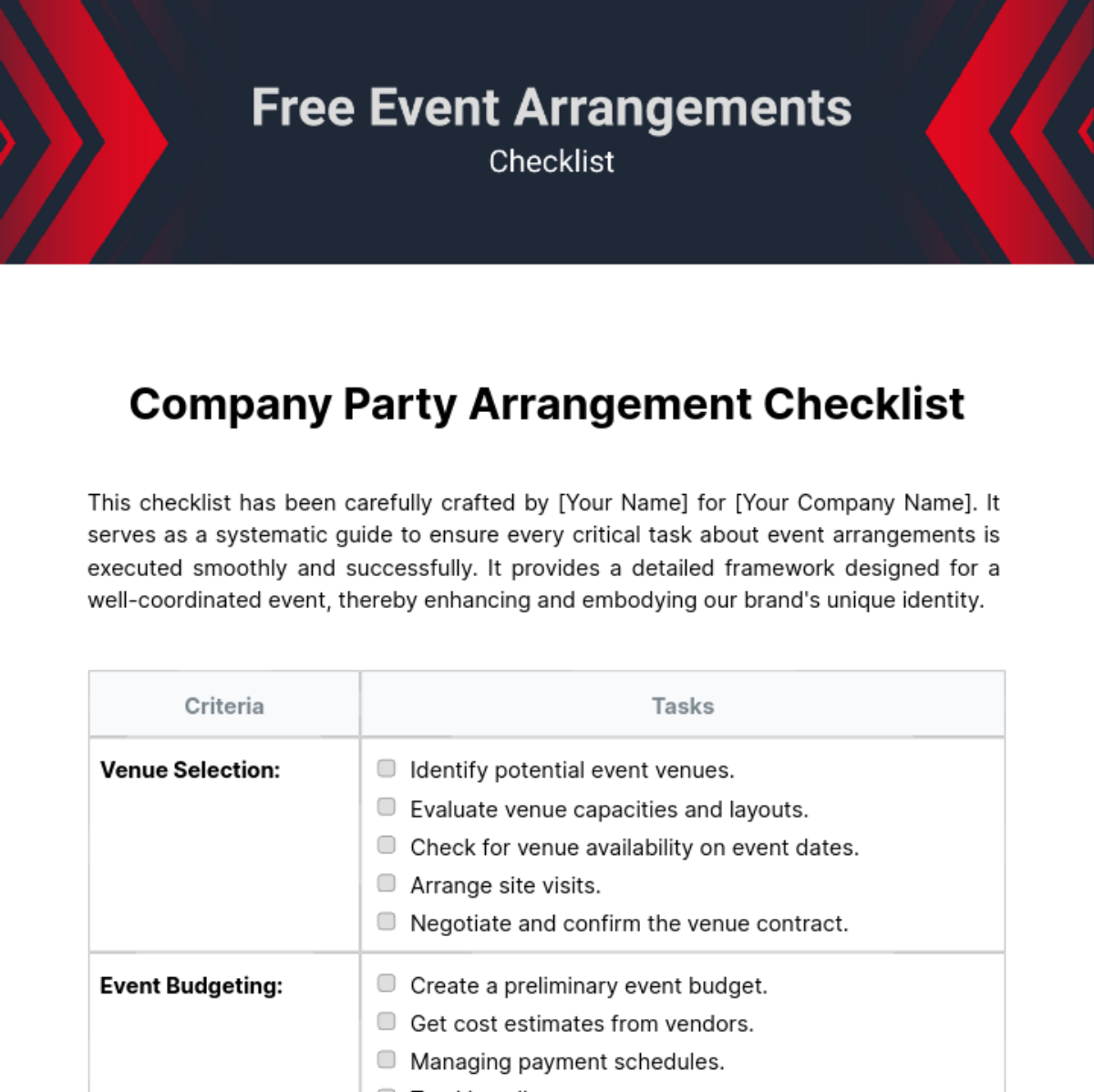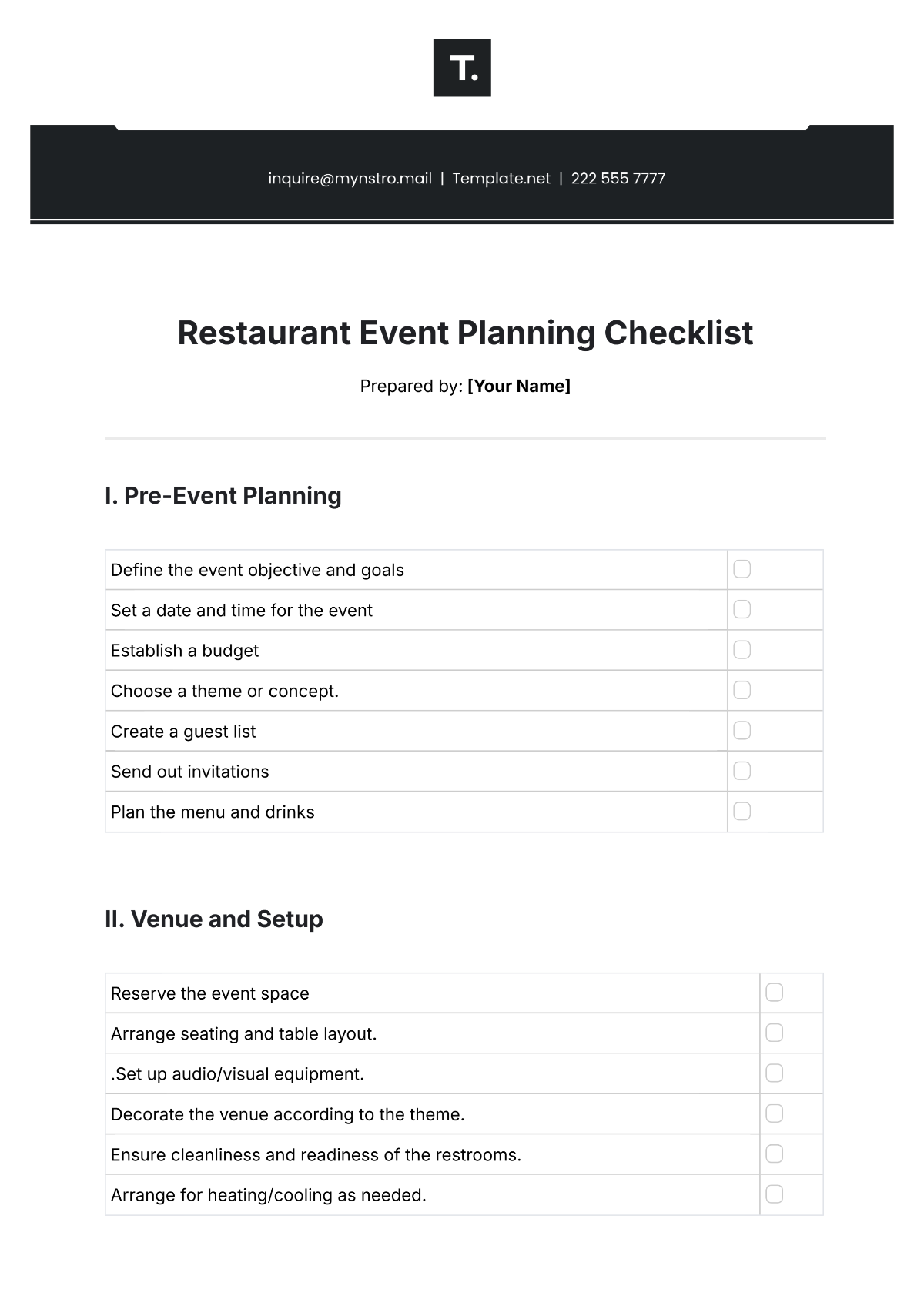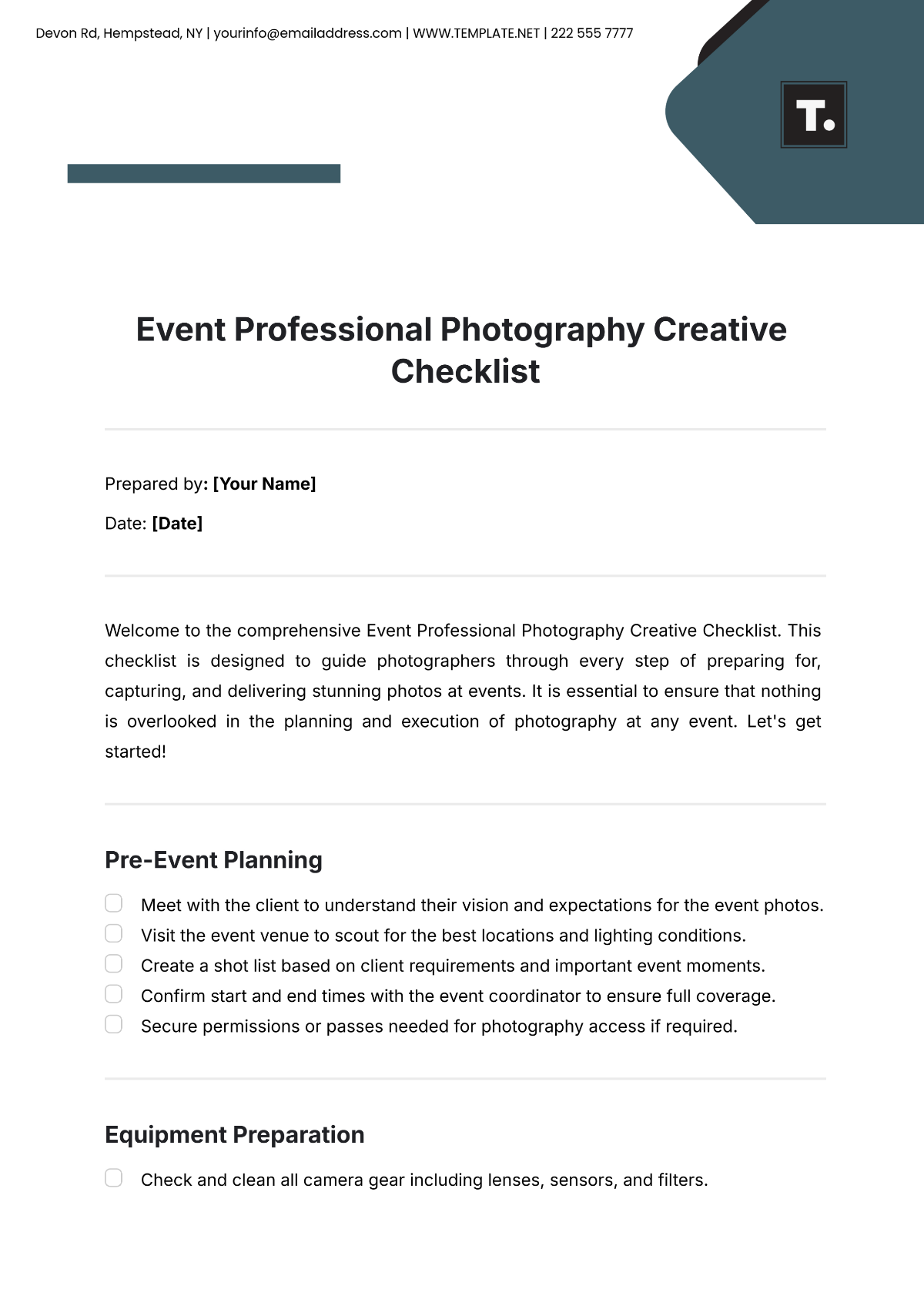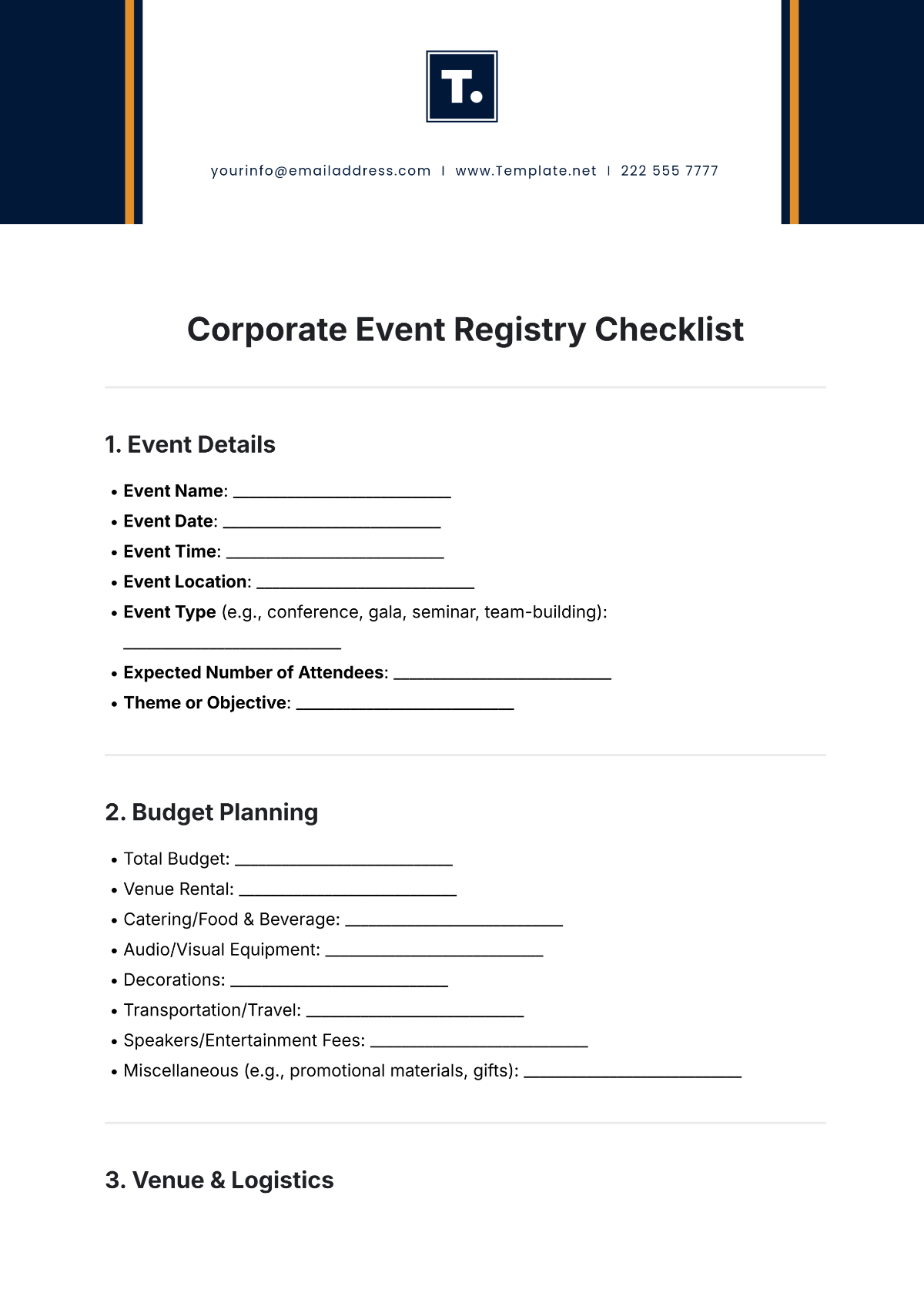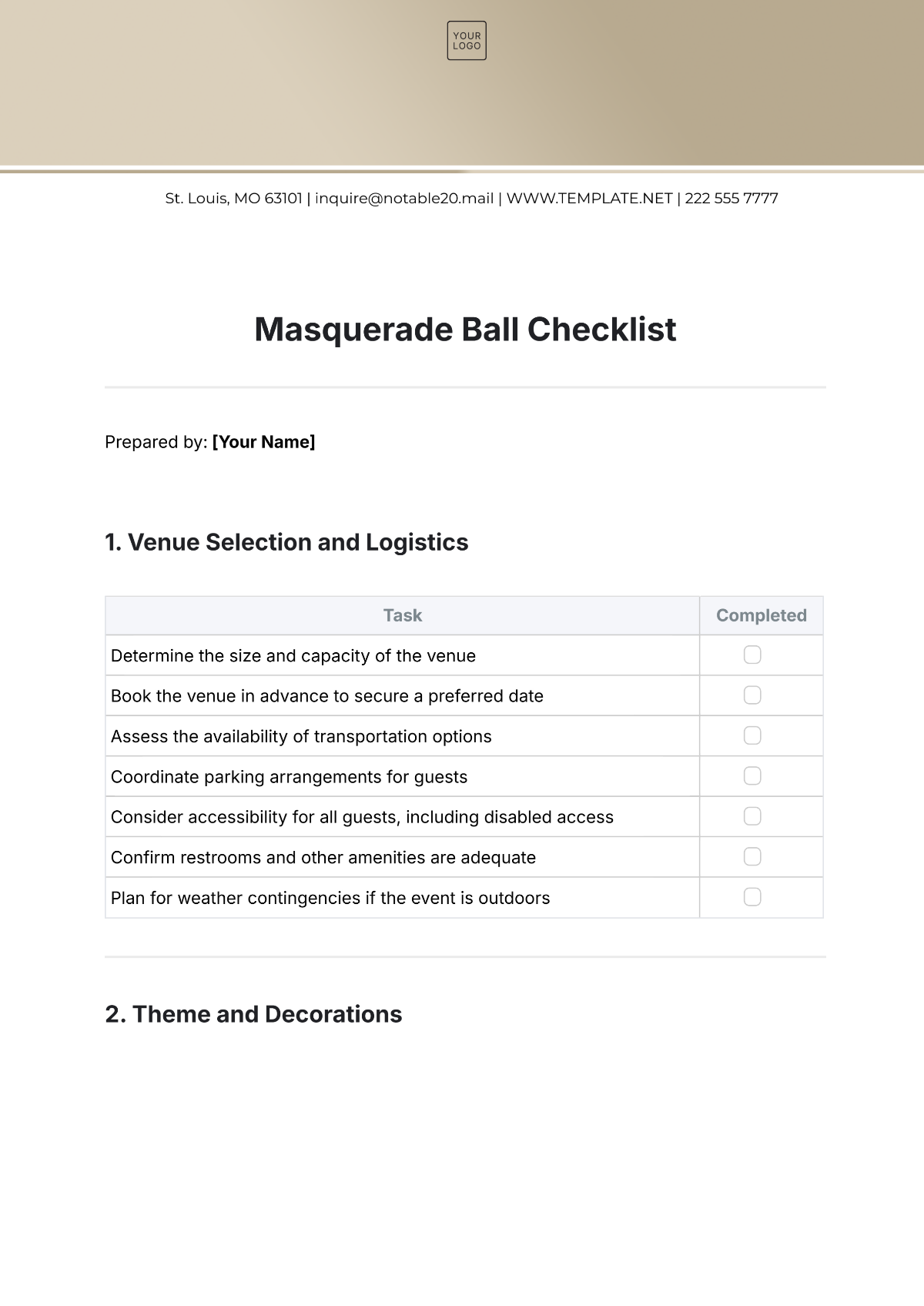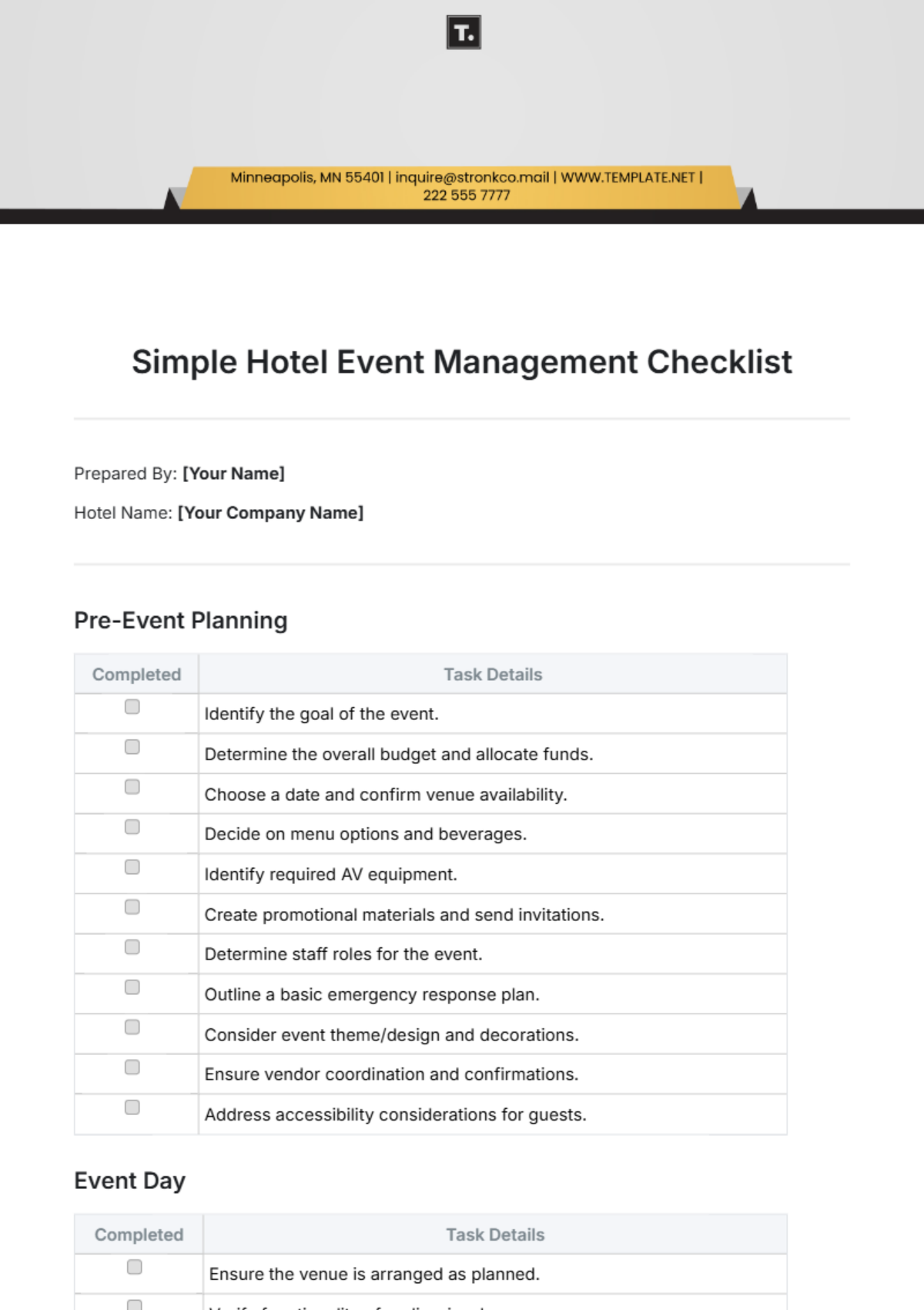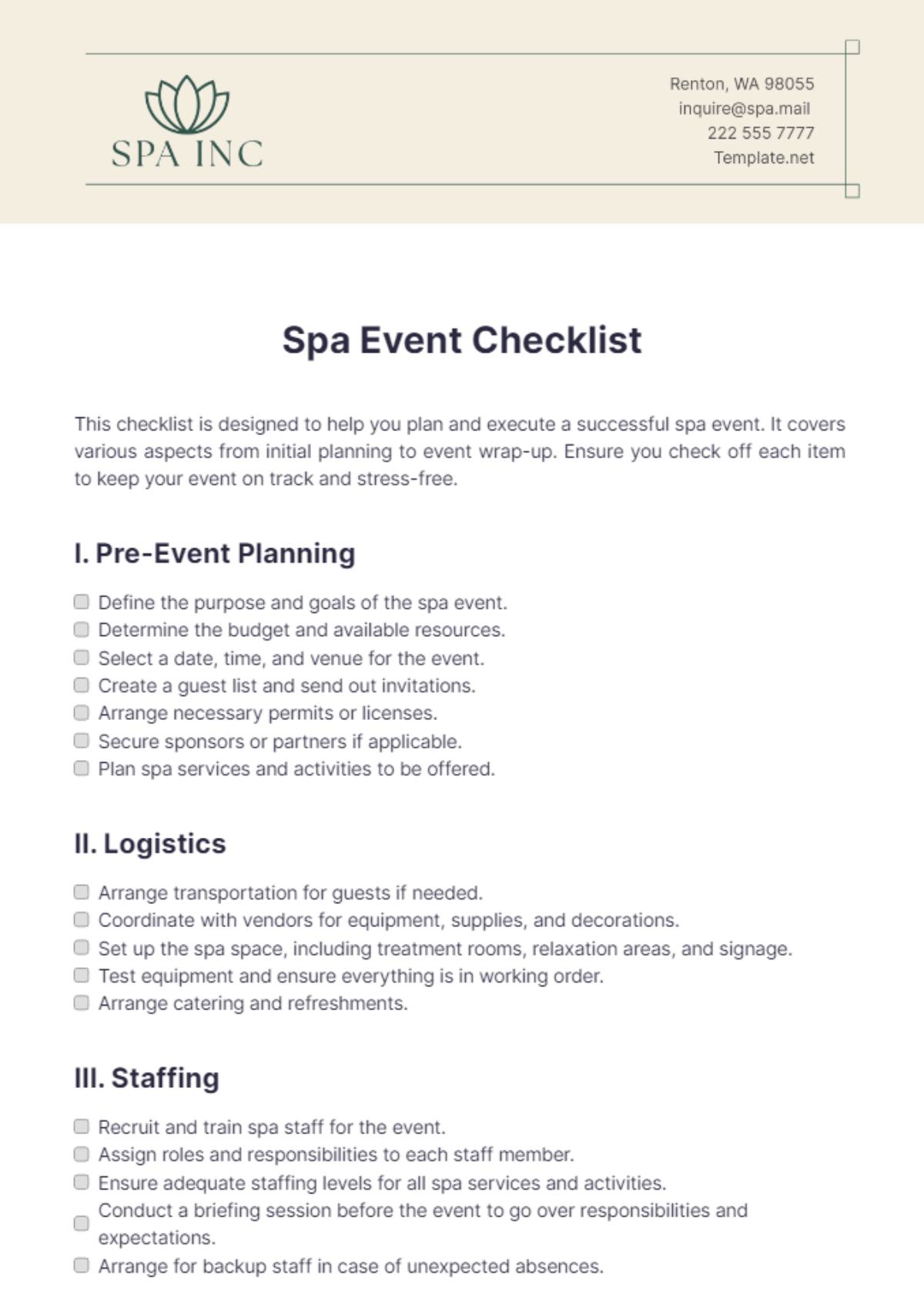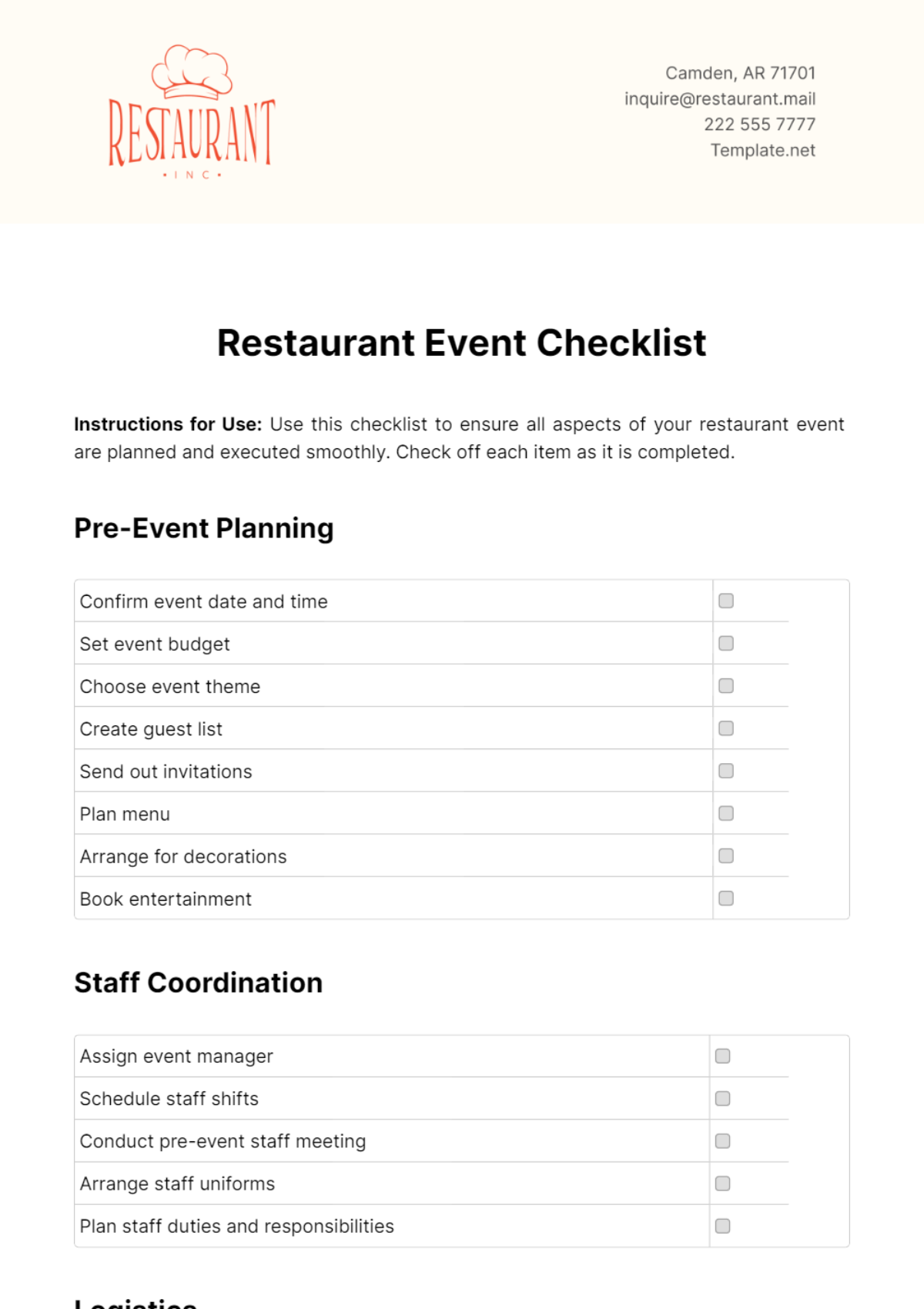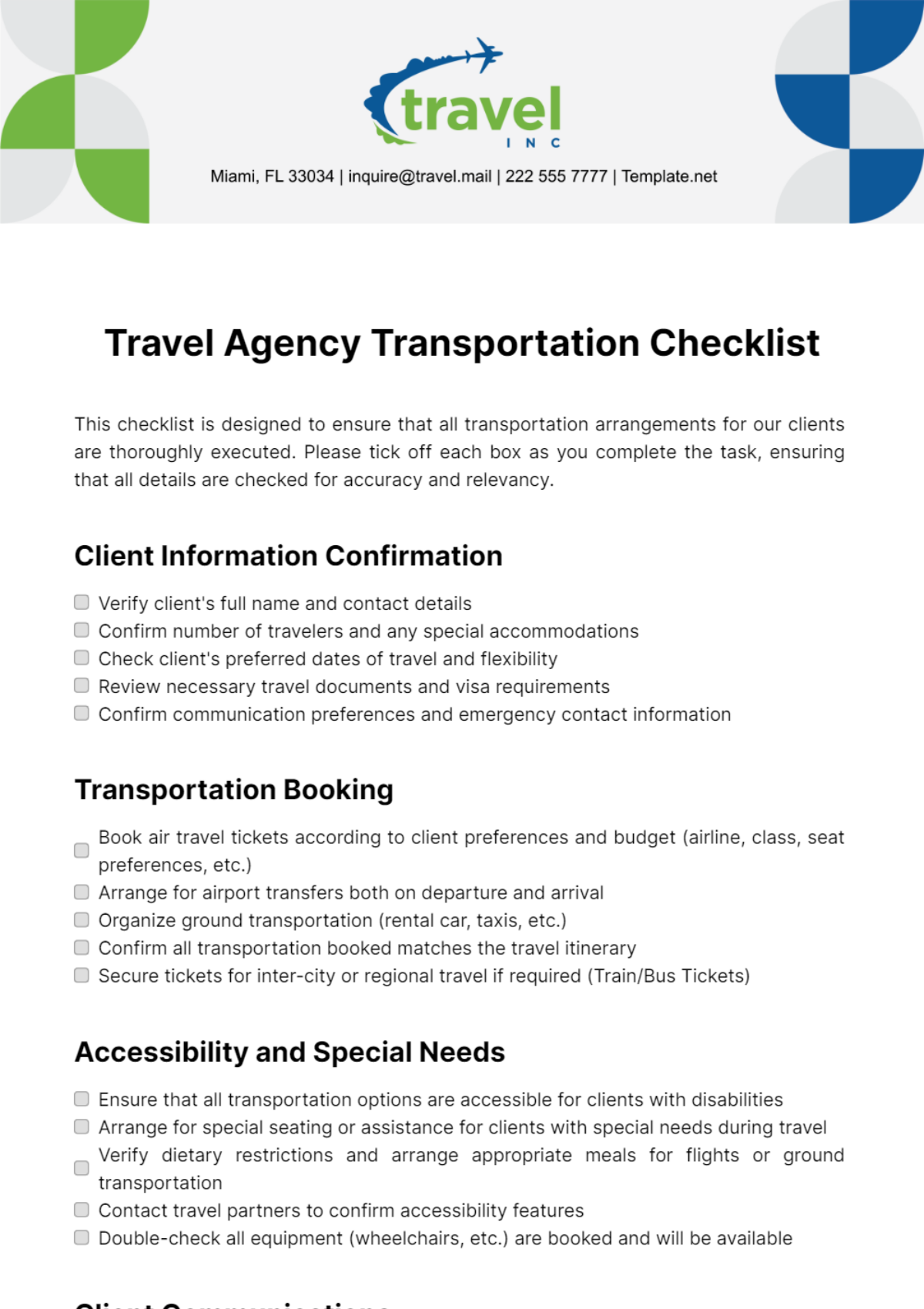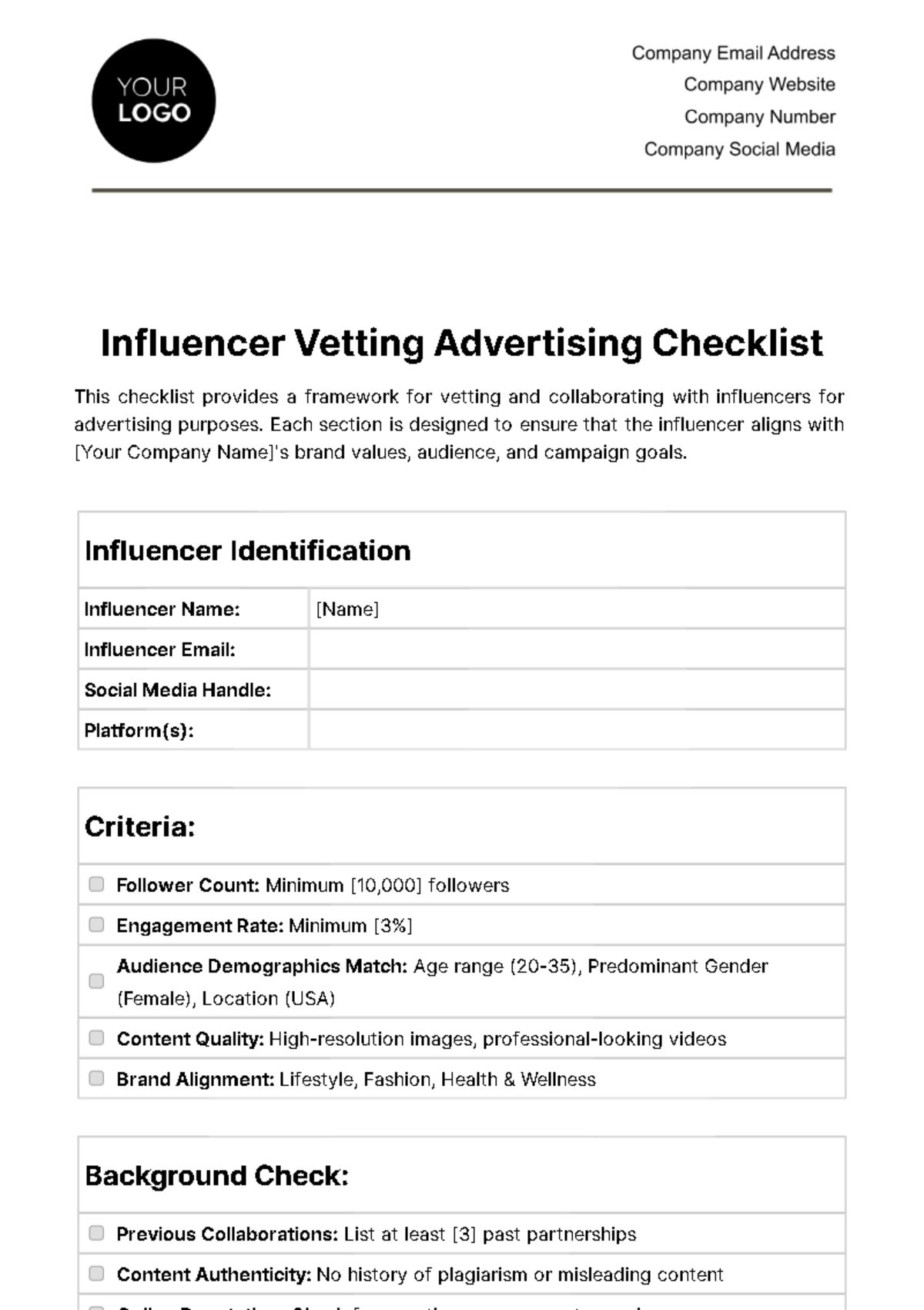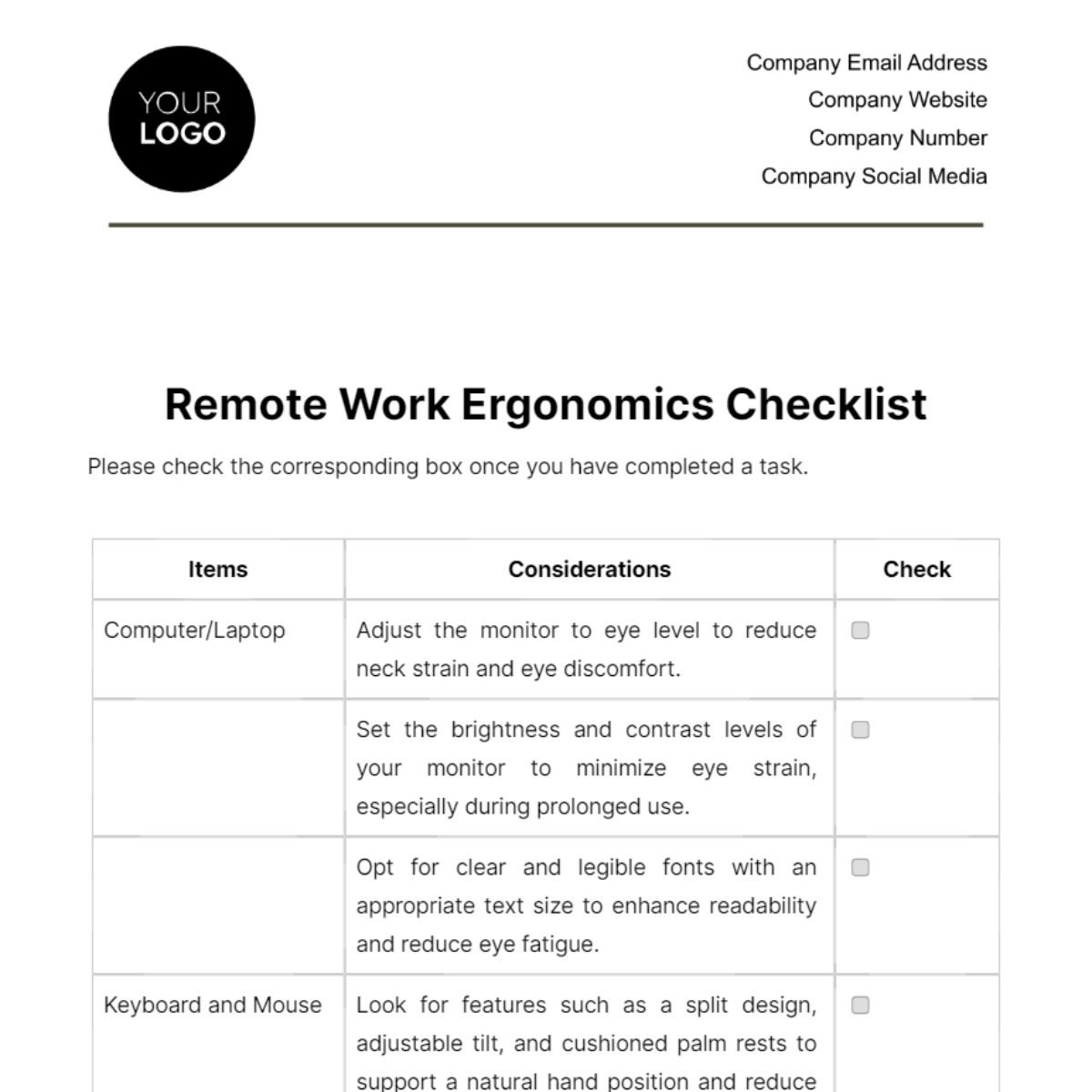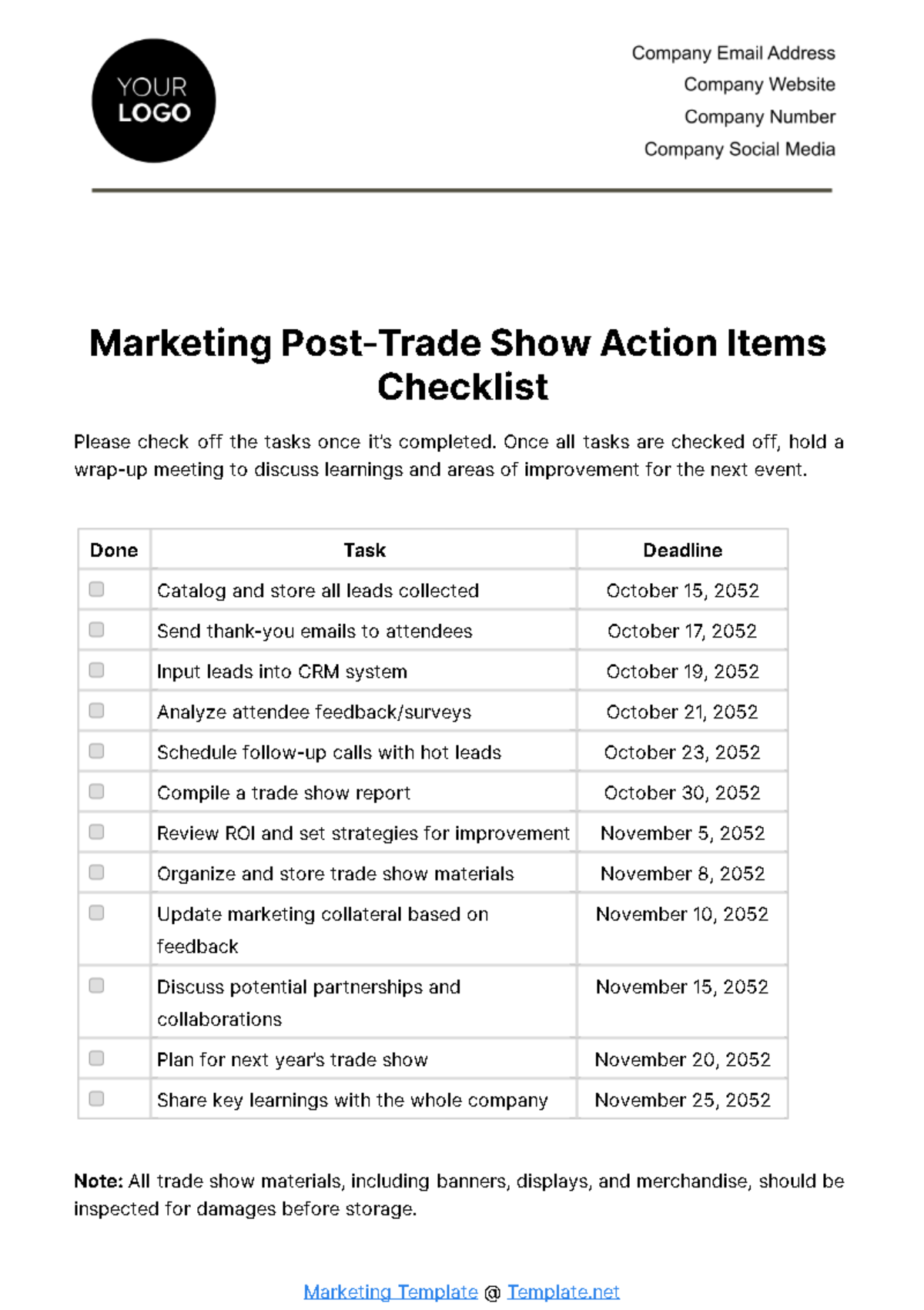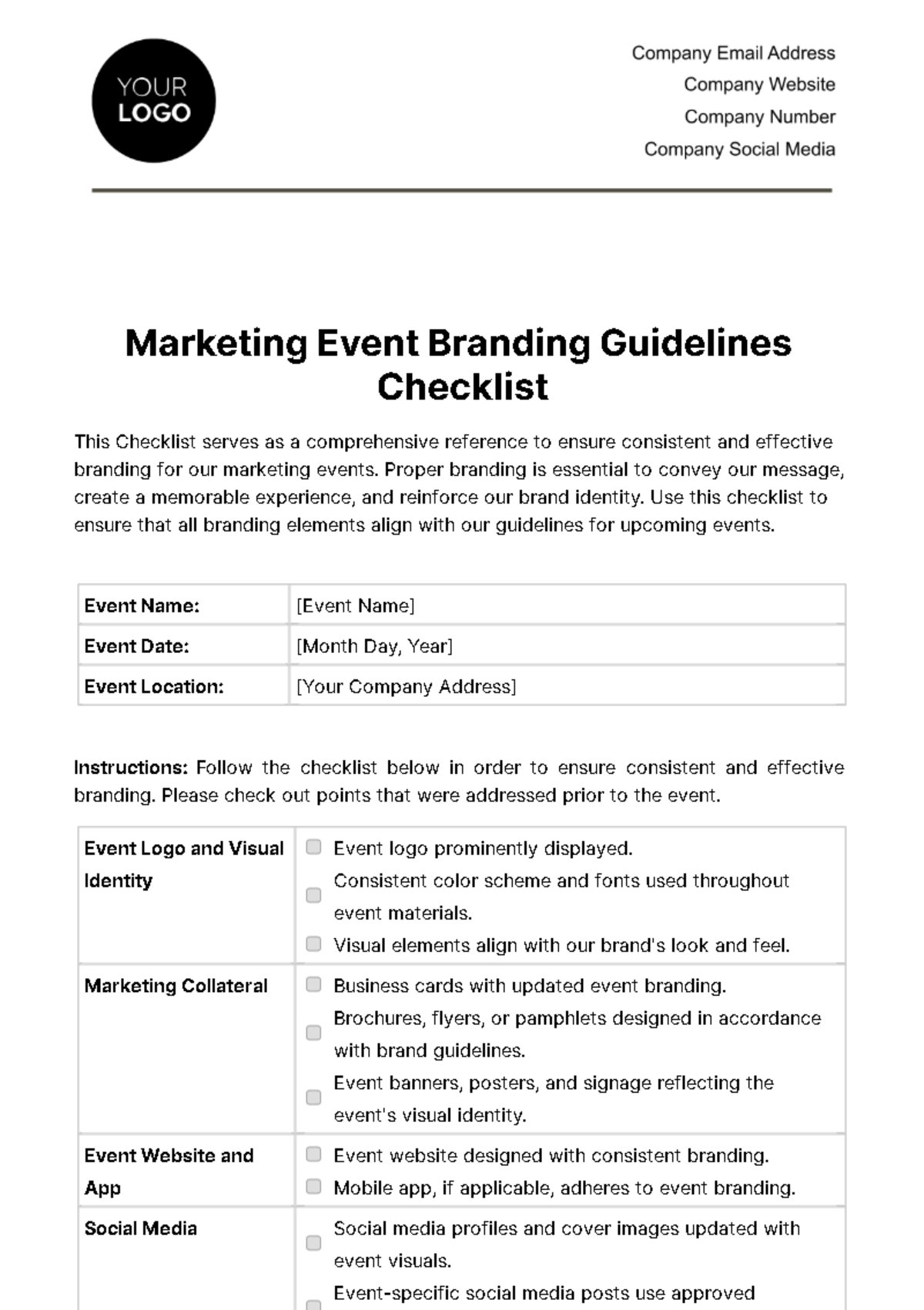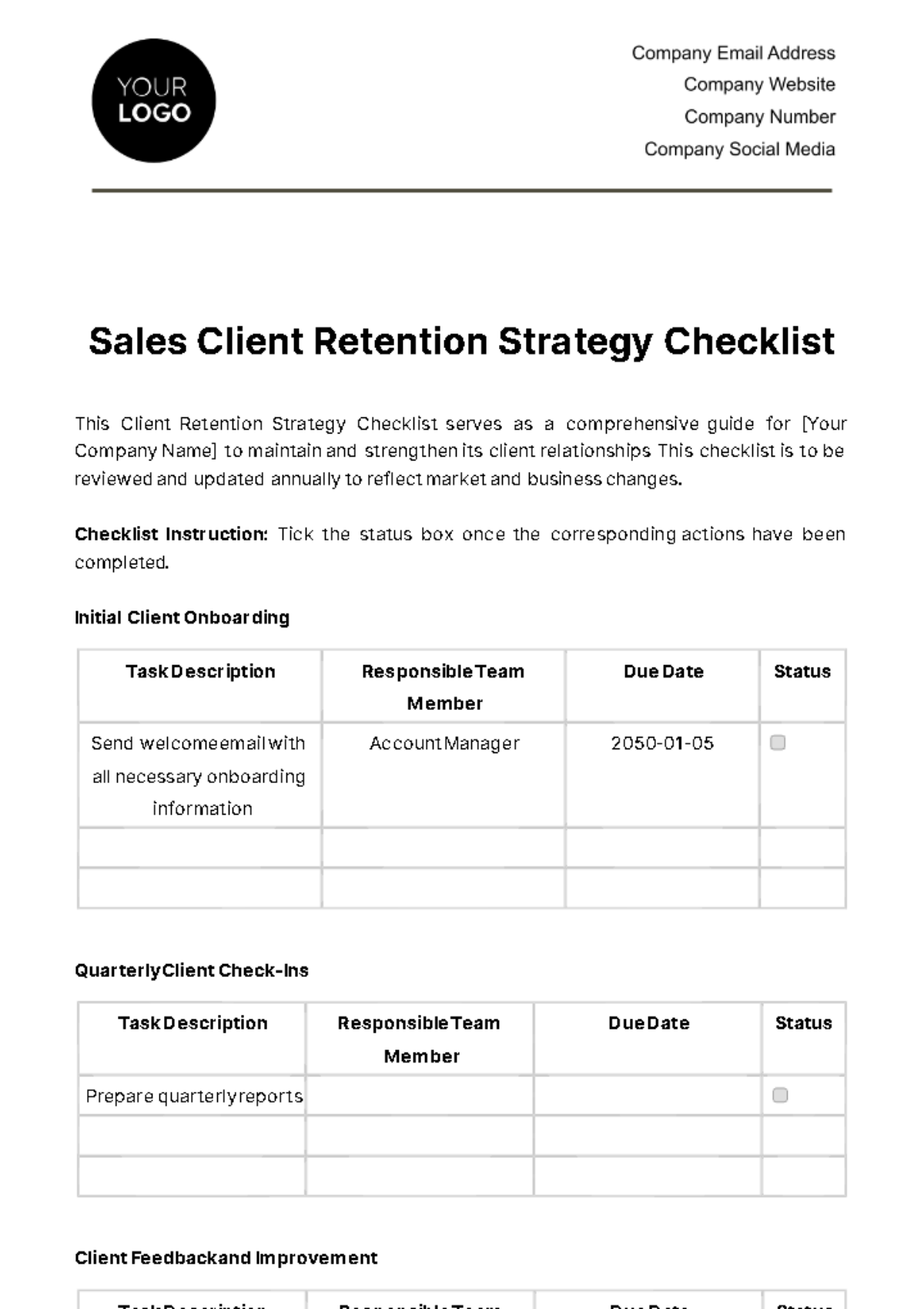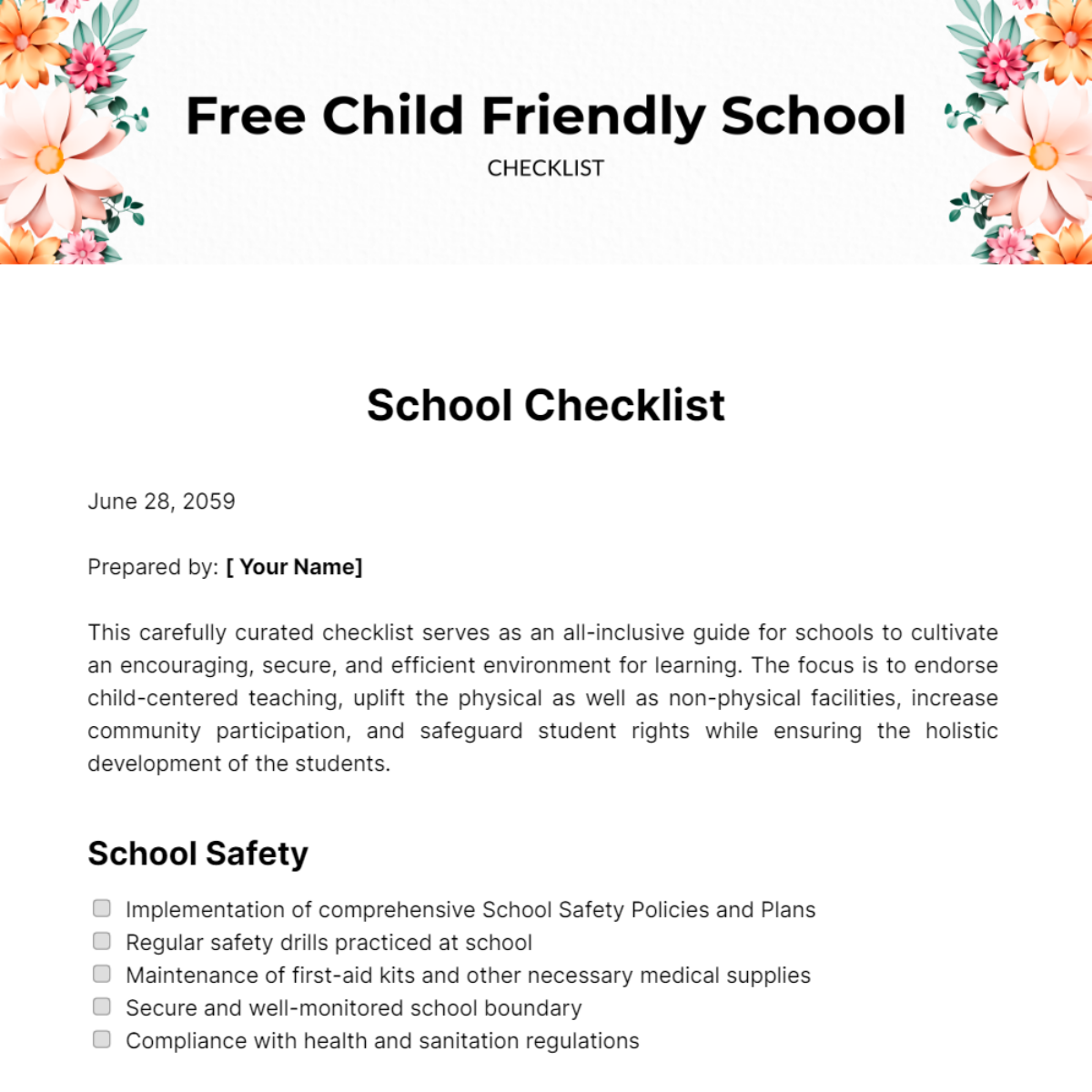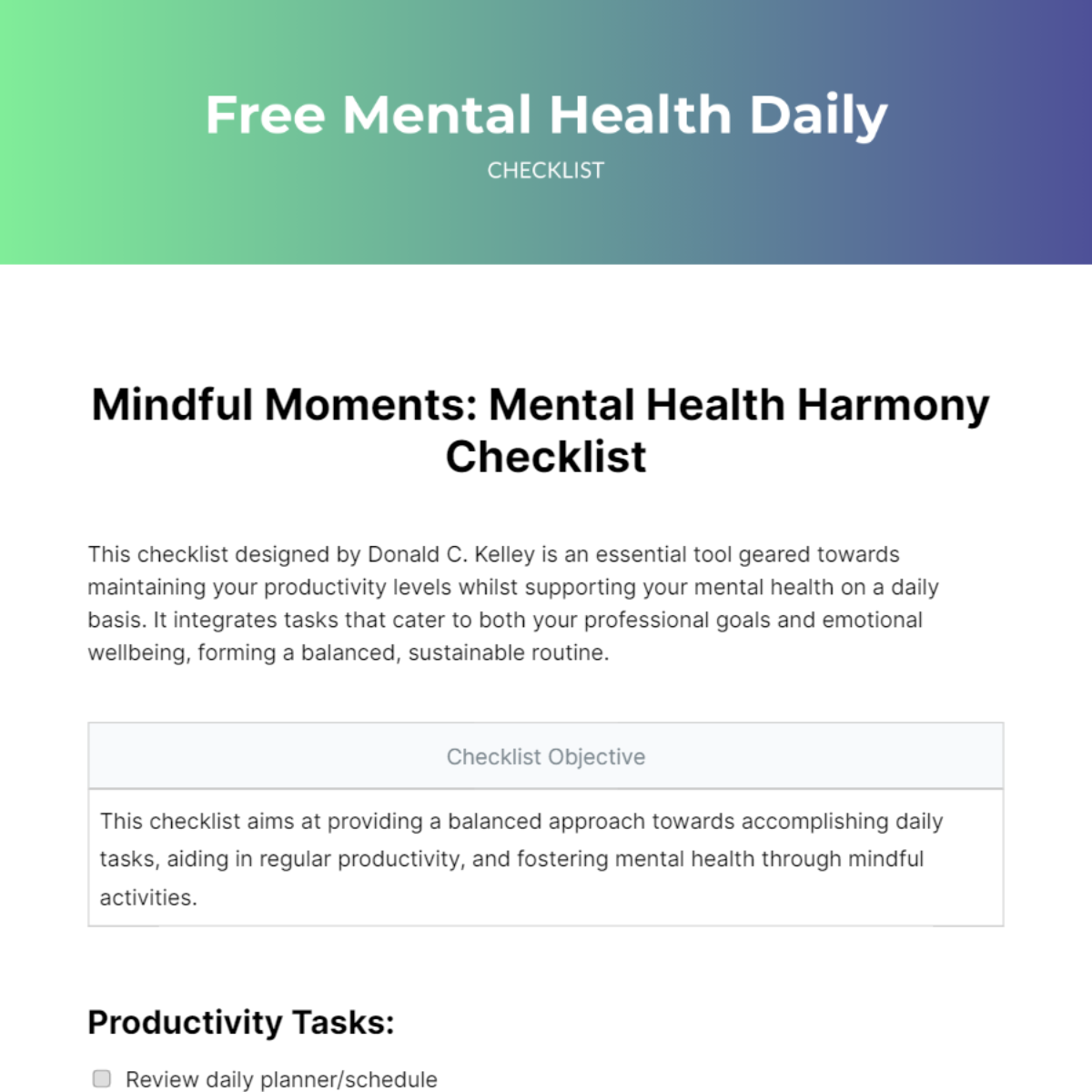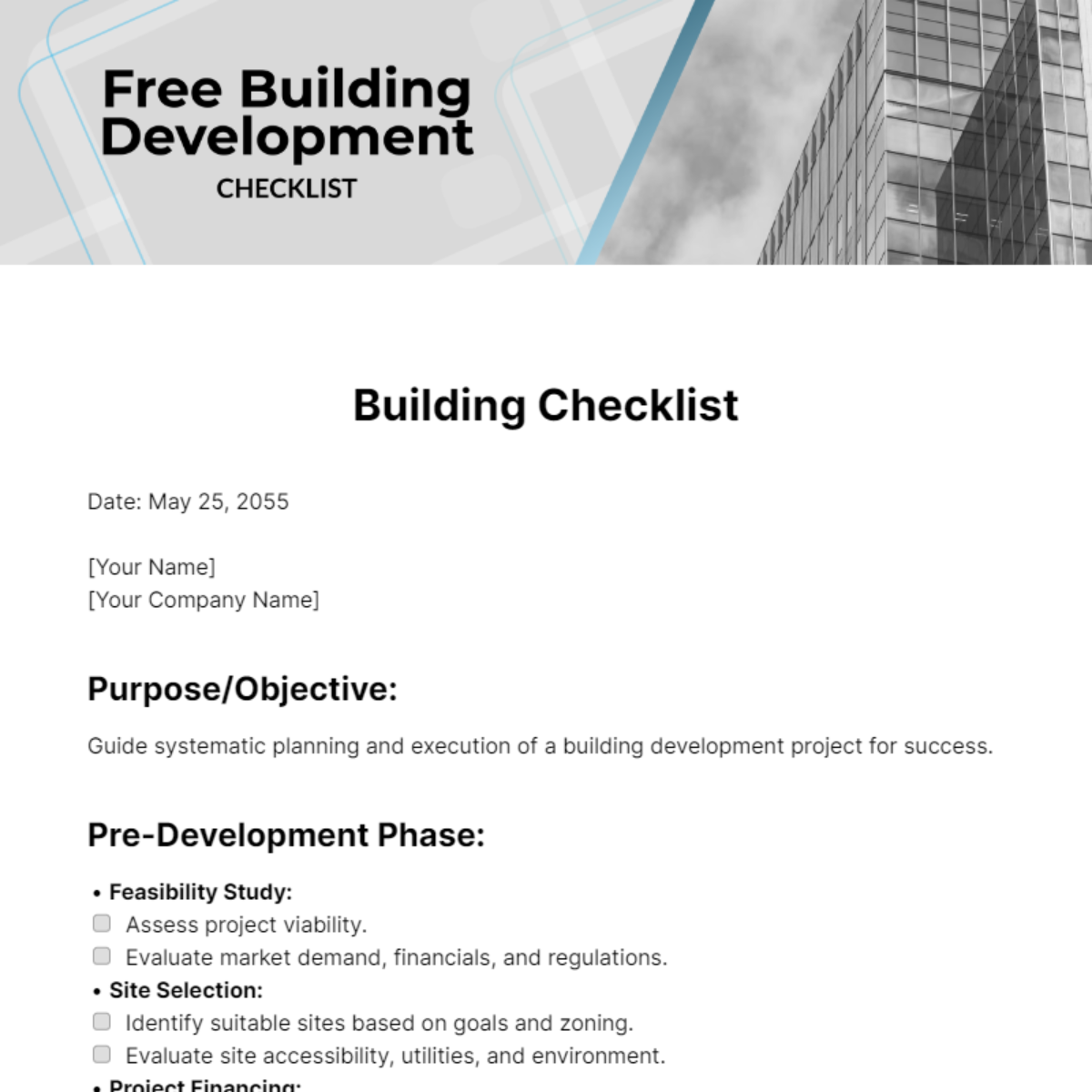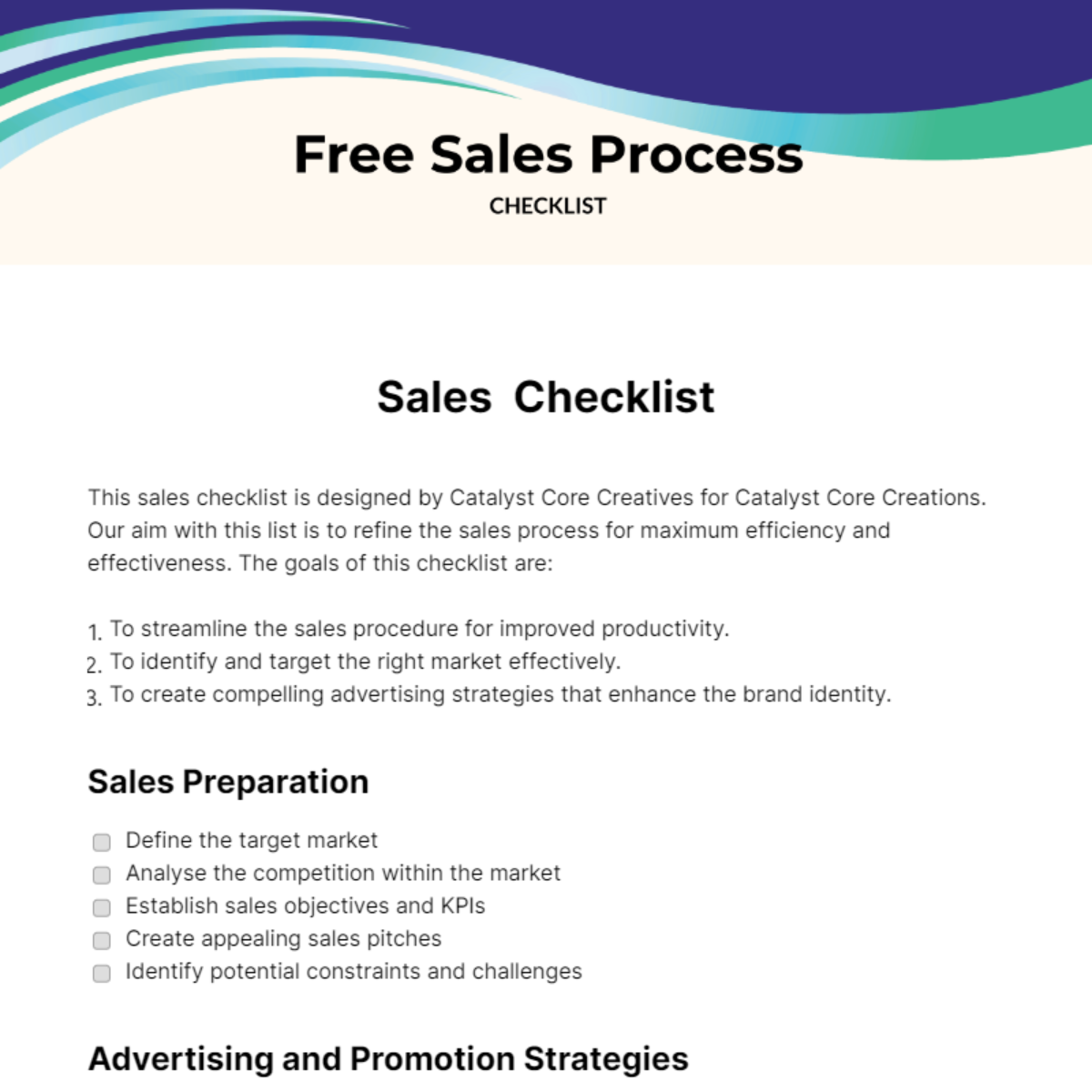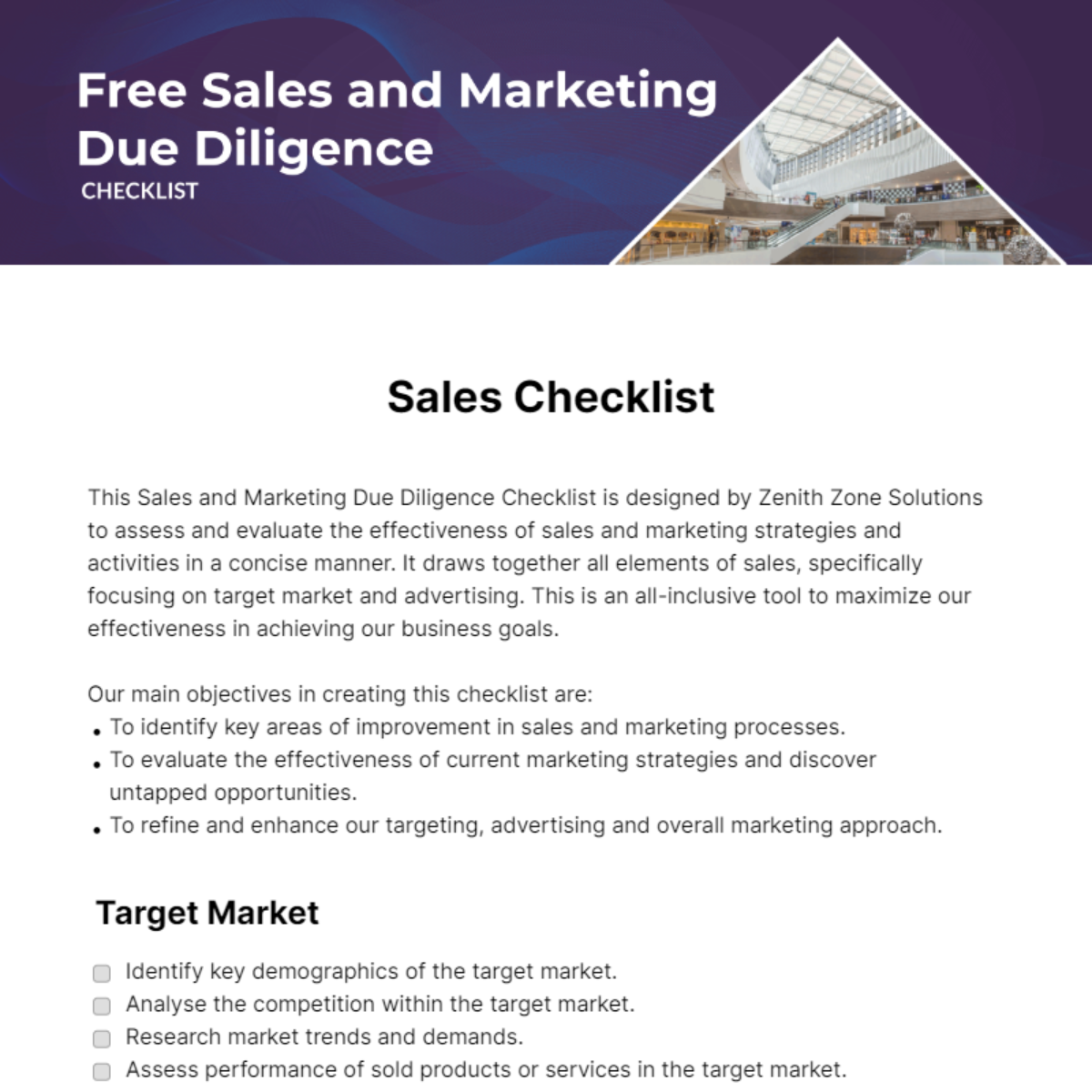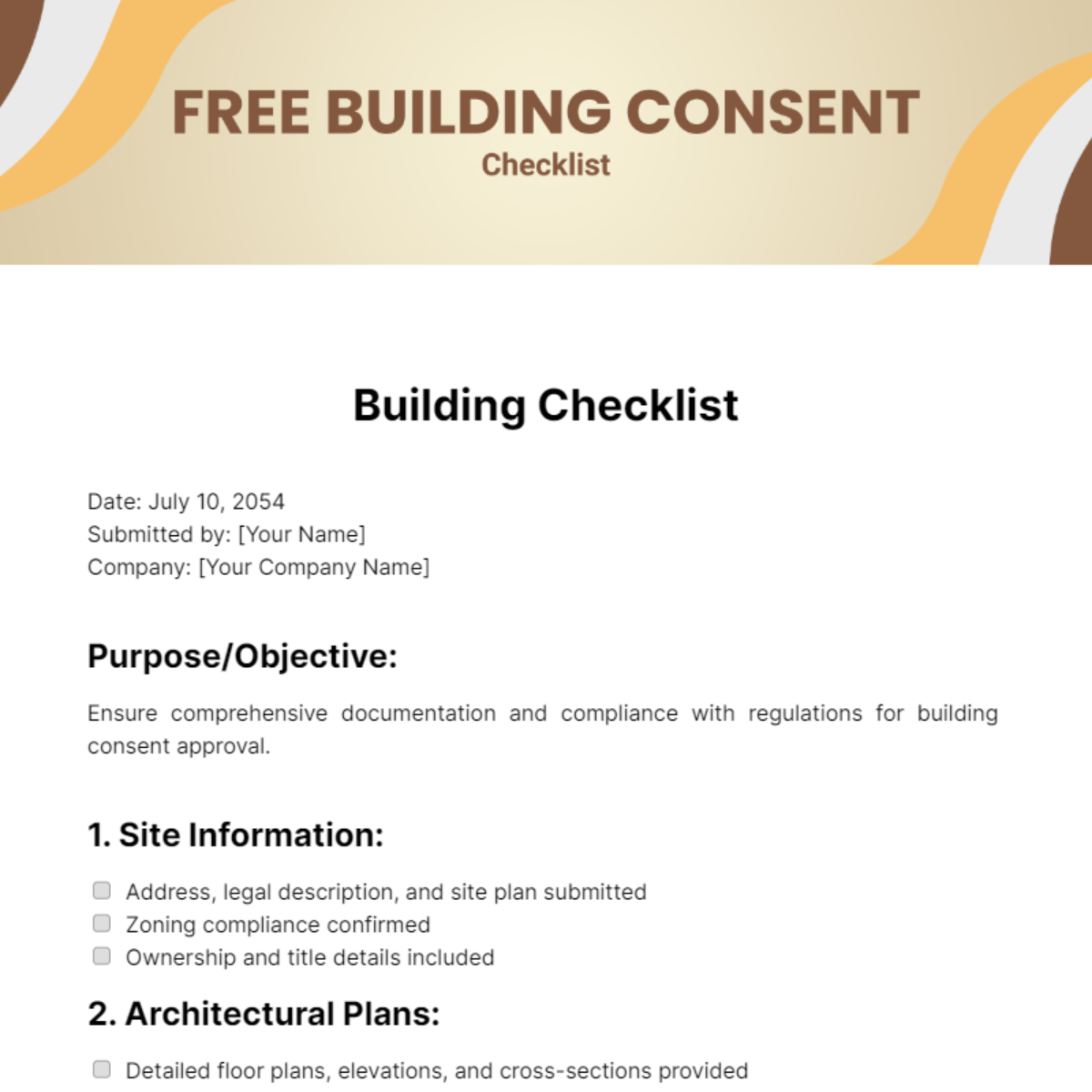Free Website Requirements Checklist Template
Website Development Success
This checklist is designed to guide you through the process of enhancing your website for better visibility and organic traffic growth while maintaining user-friendly content. Follow this guide for your website optimization and check off each task as you complete them.
Define Website Objectives
Formulate clear and concise website objectives that align with the overall goals and purpose of the website. | |
Establish measurable key performance indicators (KPIs) to quantifiably evaluate the success of the website in meeting its objectives. | |
Create a comprehensive plan outlining the layout of the website based on the defined objectives. | |
Develop a realistic timeline for achieving the established website objectives, considering the scope and complexity of each goal. |
User-Friendly Design
Conduct a thorough assessment to ensure all buttons and links are functioning properly, providing users with a seamless and frustration-free experience. | |
Verify that the website design is responsive across various devices, ensuring optimal user experience and accessibility. | |
Confirm the existence of a logical and smooth navigation path for users to easily find and access information. | |
Perform comprehensive testing for website accessibility, addressing any potential barriers that might hinder user interaction. | |
Utilize web-friendly fonts and appropriate font sizes to enhance readability and overall user experience. |
SEO-Friendly Content
Conduct extensive keyword research relevant to the industry or topic of the website to enhance search engine optimization. | |
Optimize website content by strategically incorporating chosen keywords to improve search engine visibility and ranking. | |
Ensure that all images on the website have SEO-friendly Alt tags to enhance accessibility and improve search engine indexing. | |
Review and optimize meta descriptions to be well-written and keyword-optimized, increasing the likelihood of higher click-through rates. | |
Verify that URLs are clean, concise, and designed to be SEO-friendly to improve overall search engine performance. |
Content Optimization
Ensure all website content is consistently relevant to the services, products, or information the website intends to provide. | |
Incorporate engaging headlines and subheads within the content to capture and maintain the audience's attention. | |
Optimize content length based on SEO best practices, maintaining a balance between providing comprehensive information and ensuring readability. | |
Regularly review and enhance the overall readability of the content to keep users engaged. | |
Conduct thorough proofreading to eliminate any grammatical or spelling mistakes that could detract from the website's professionalism. |
Organic Traffic Growth
Regularly analyze website traffic data using reliable analytics tools to gain insights into user behavior and preferences. | |
Identify and promptly address any issues that may hinder organic traffic growth, such as broken links or technical glitches. | |
Implement a strategic blogging plan to regularly publish relevant and high-quality content, attracting and engaging a broader audience. | |
Deploy effective SEO strategies, including optimizing on-page elements and building quality backlinks, to enhance the website's visibility in search engine results. | |
Integrate social sharing tools throughout the website to encourage user engagement and amplify organic reach through social media platforms. |
Conducted by:
[Your Name]
[Your Company Name]
[Your Email]
